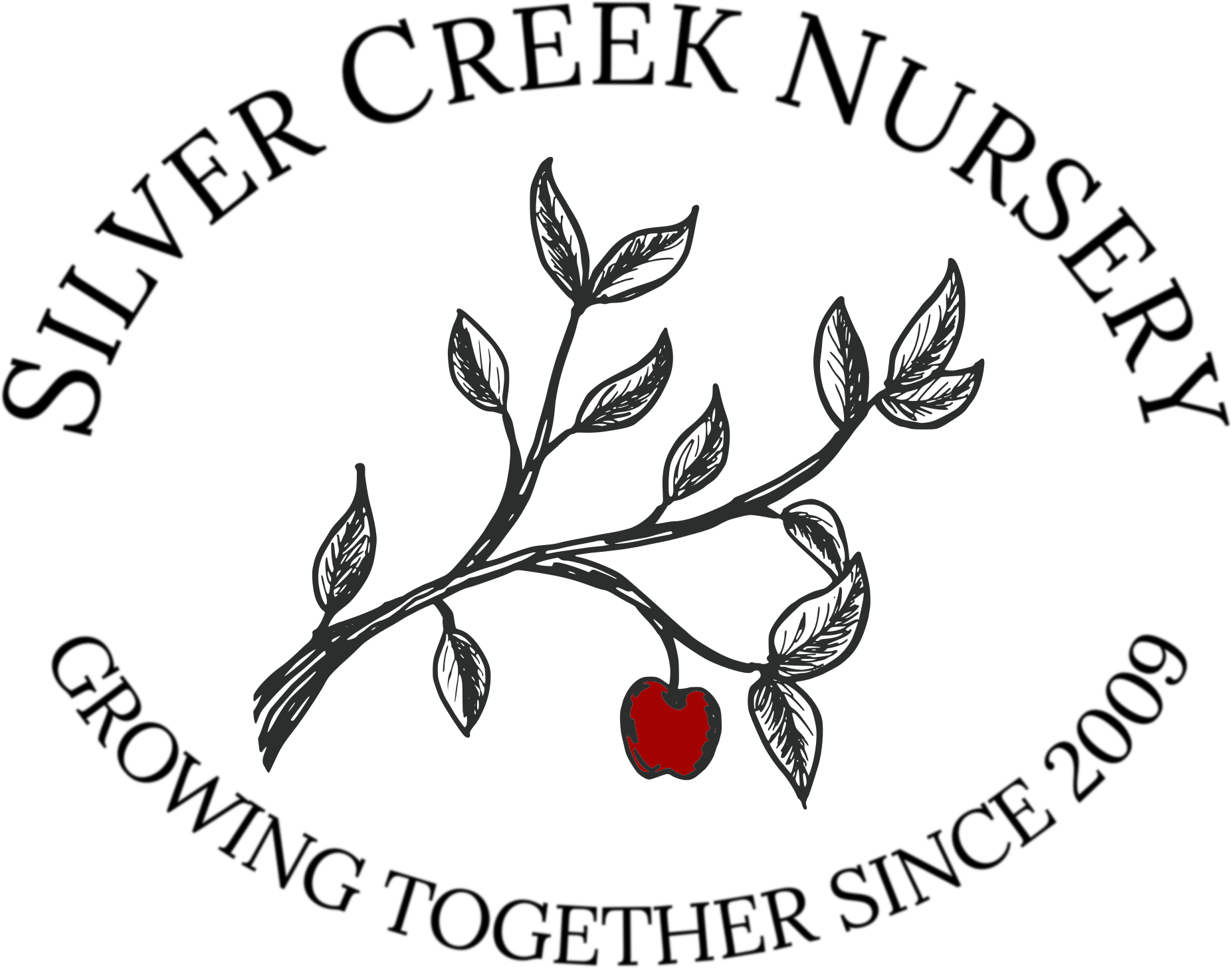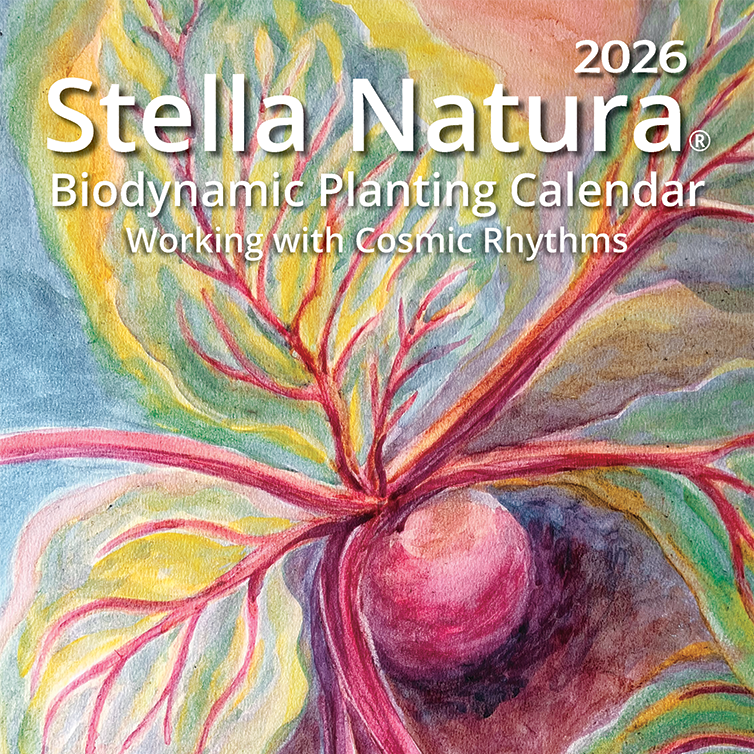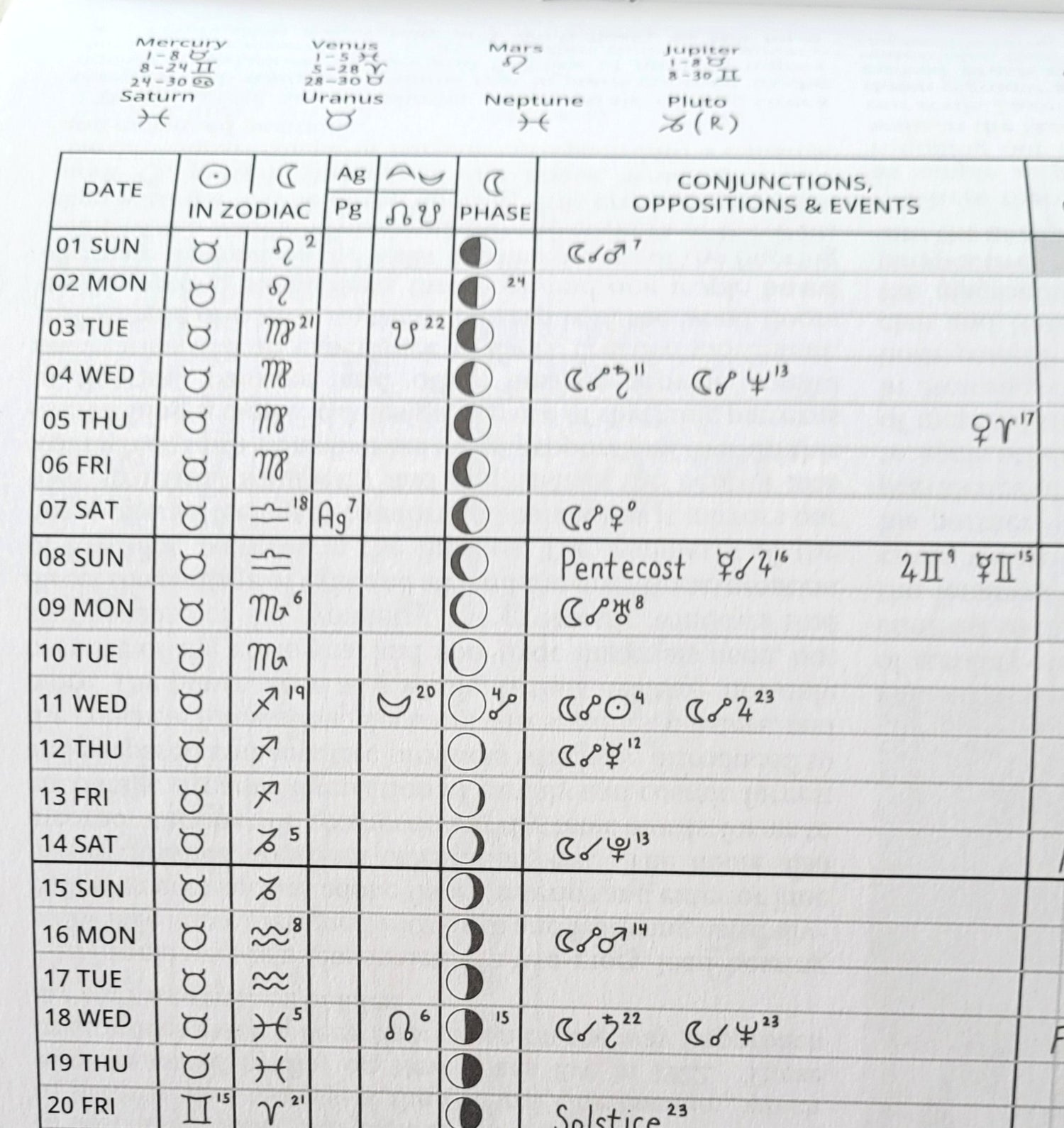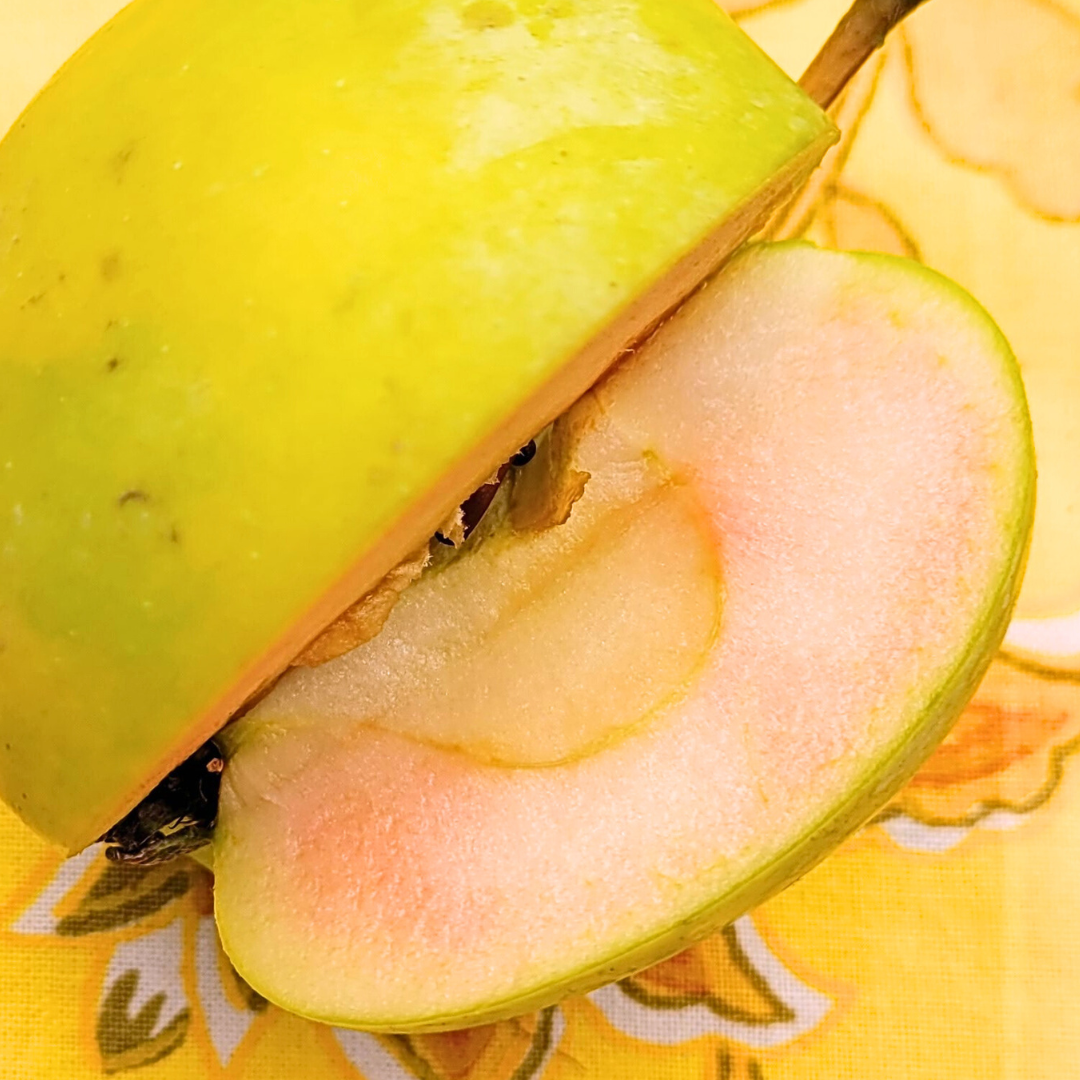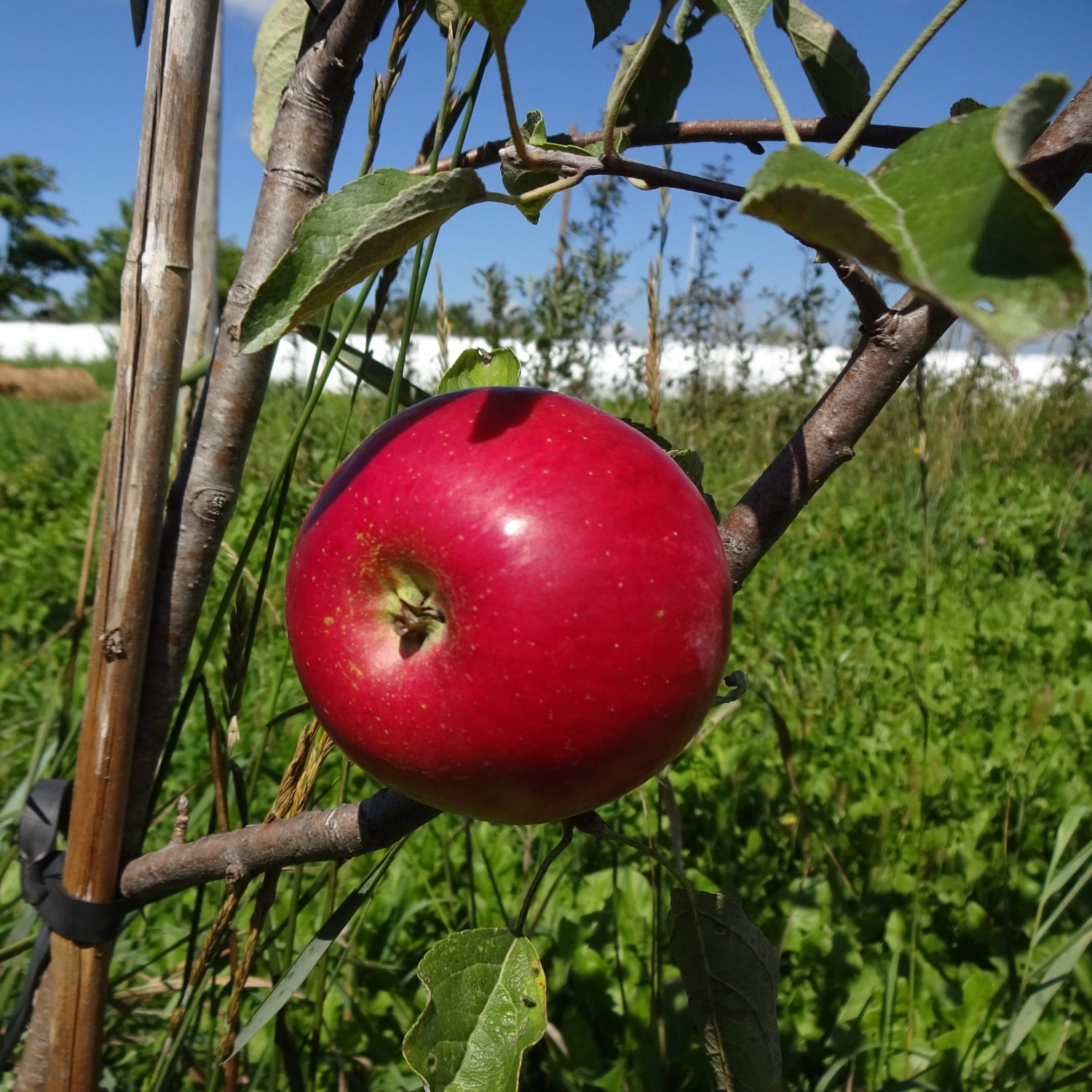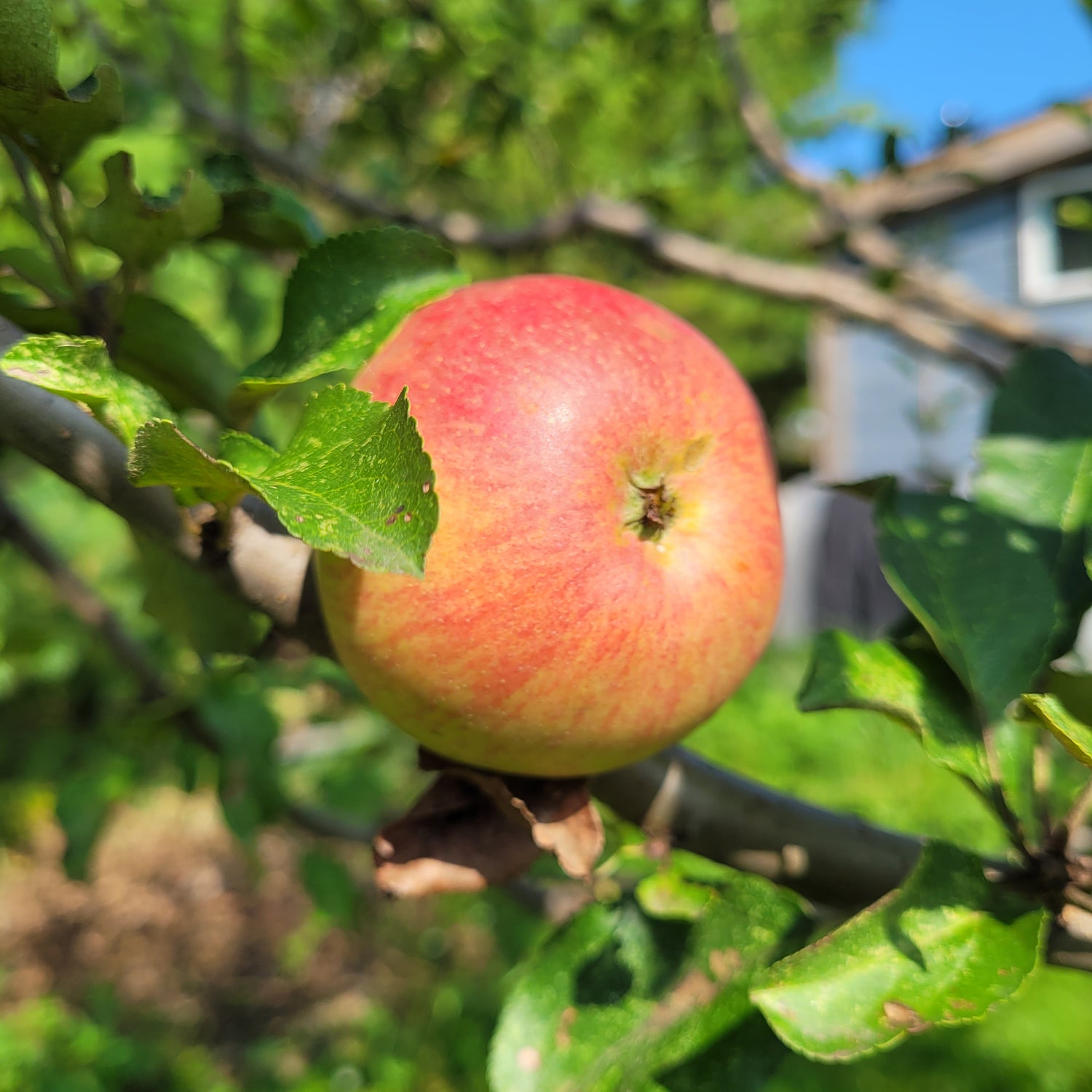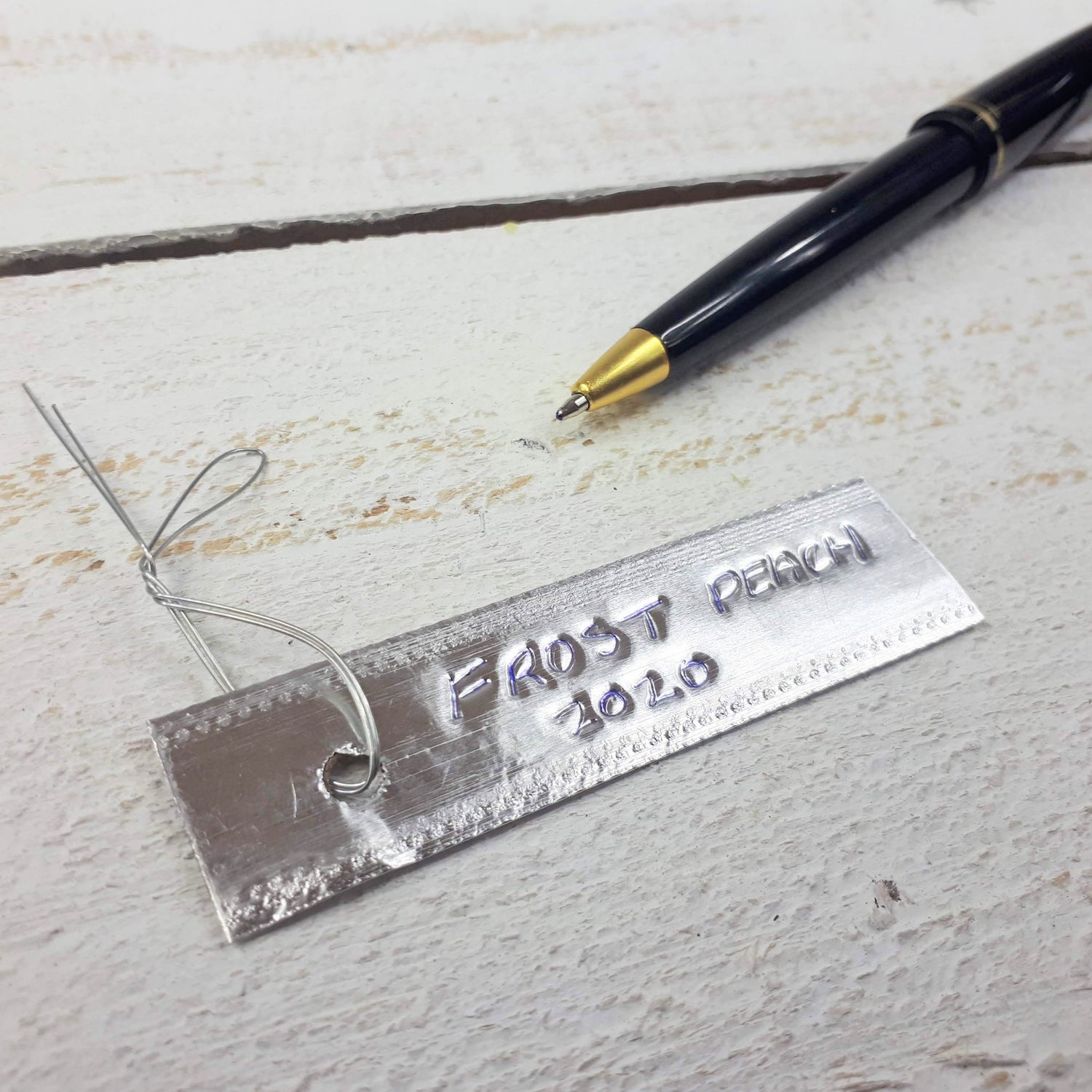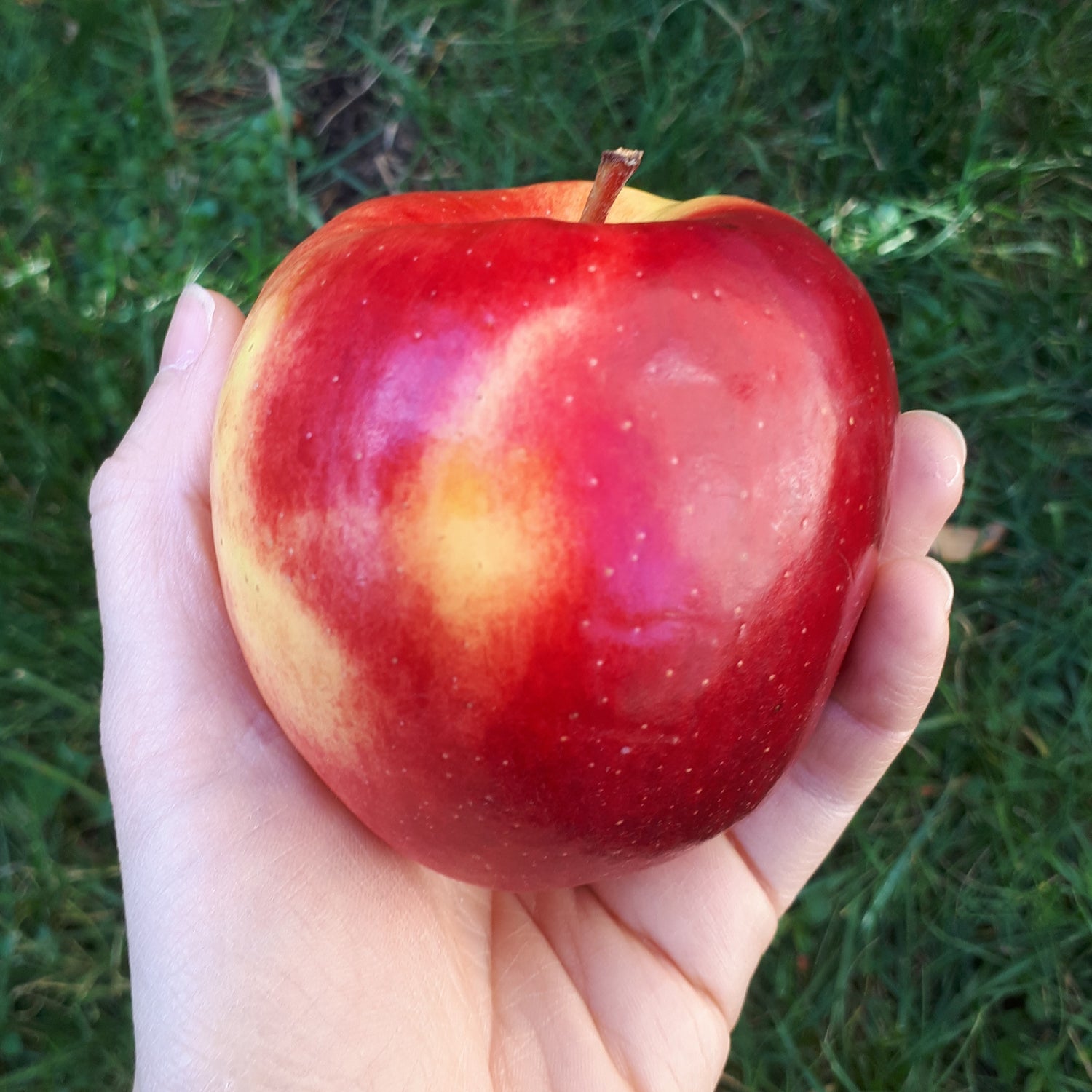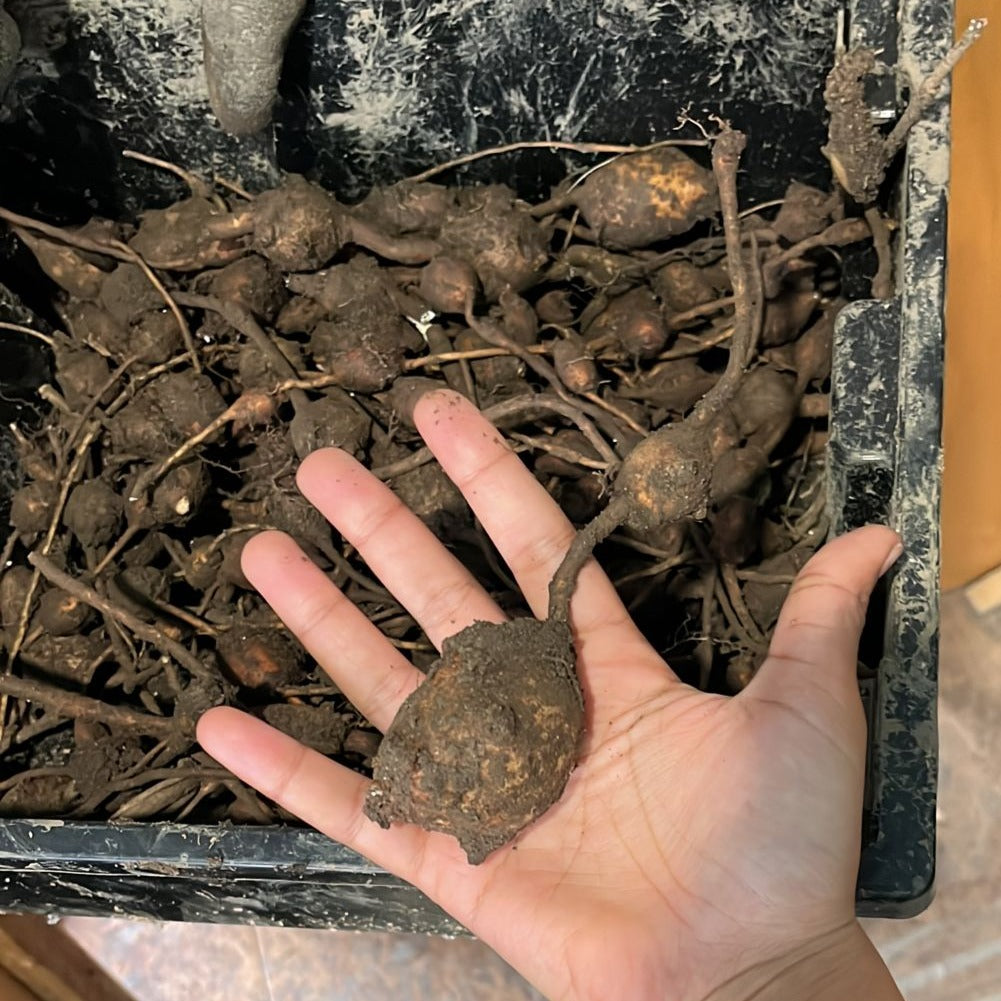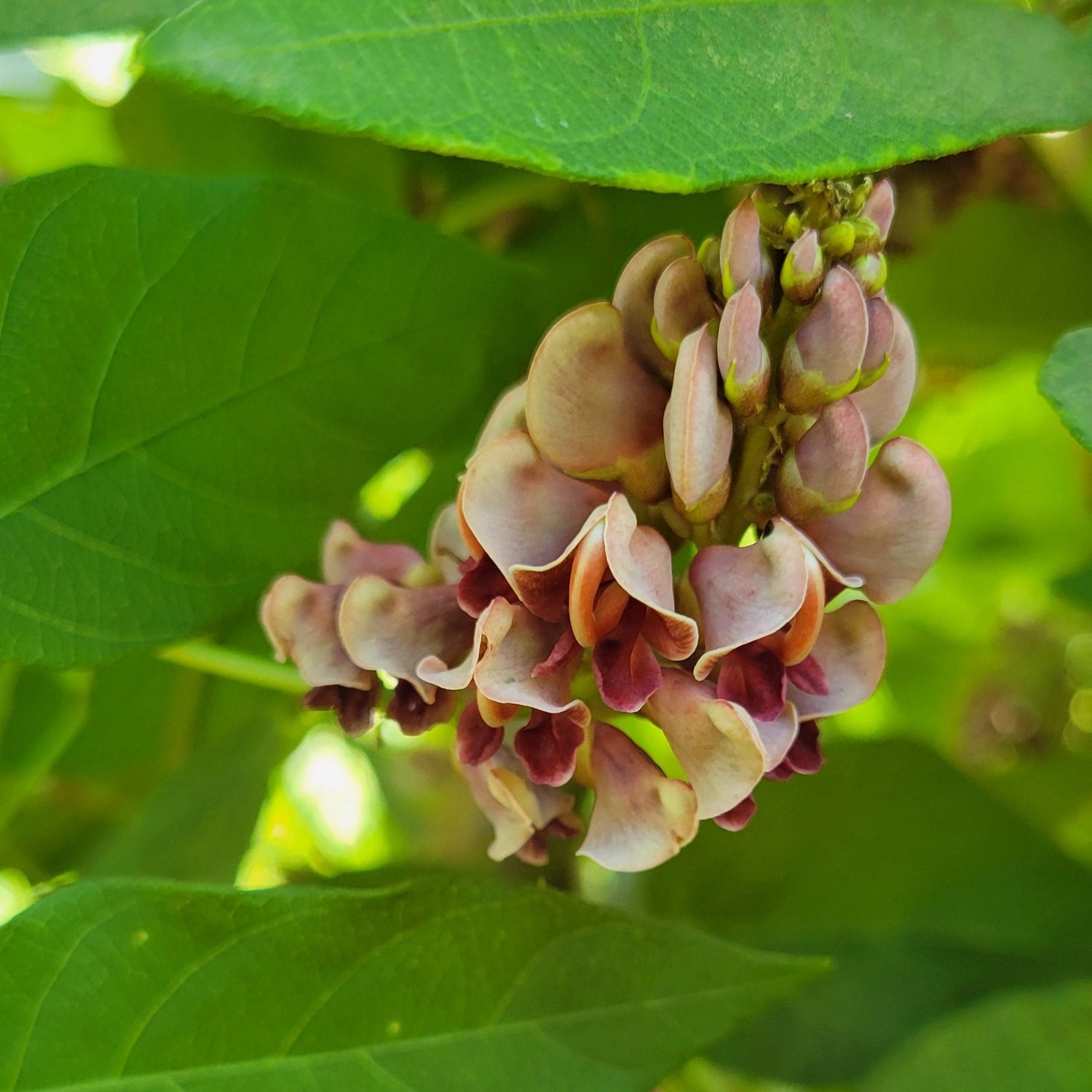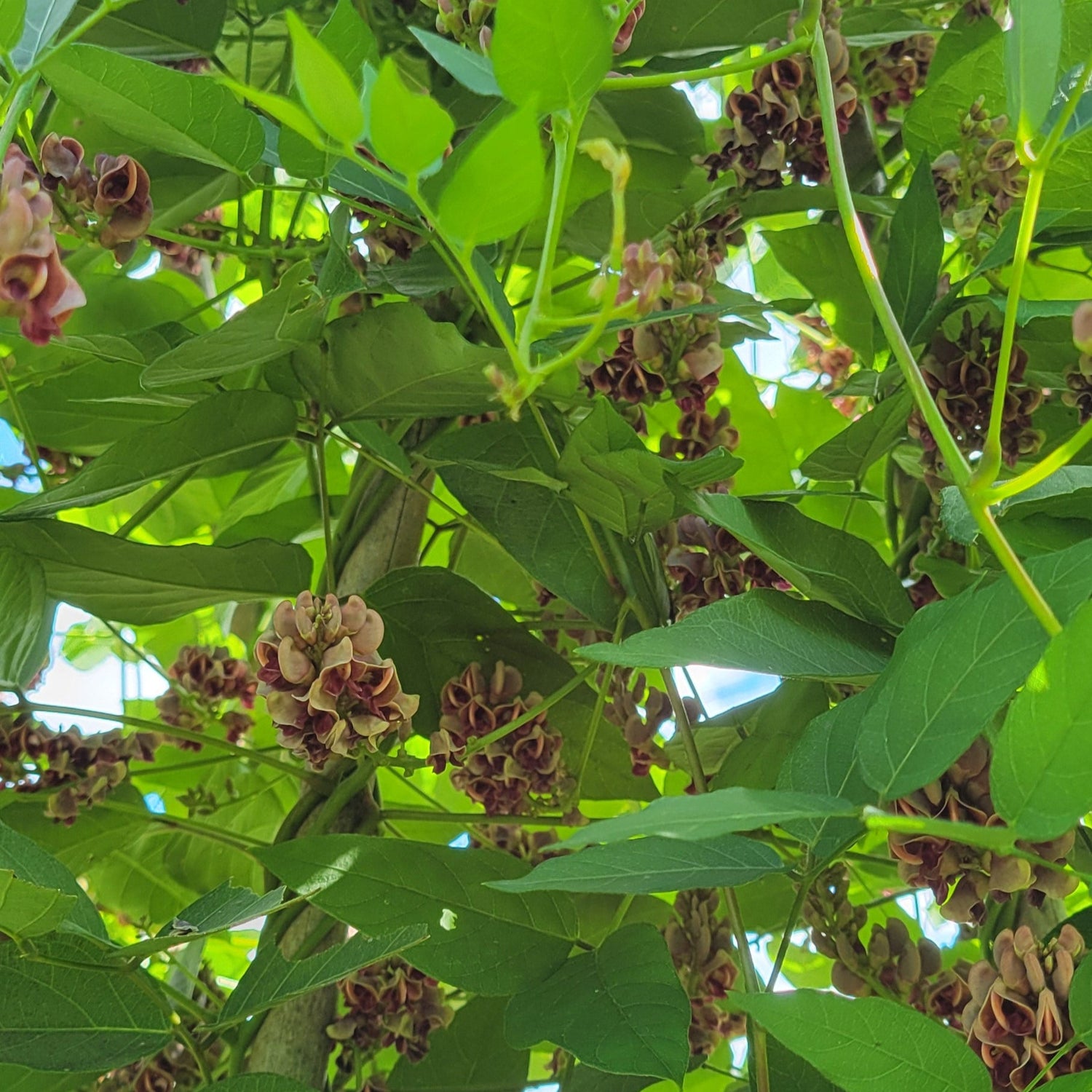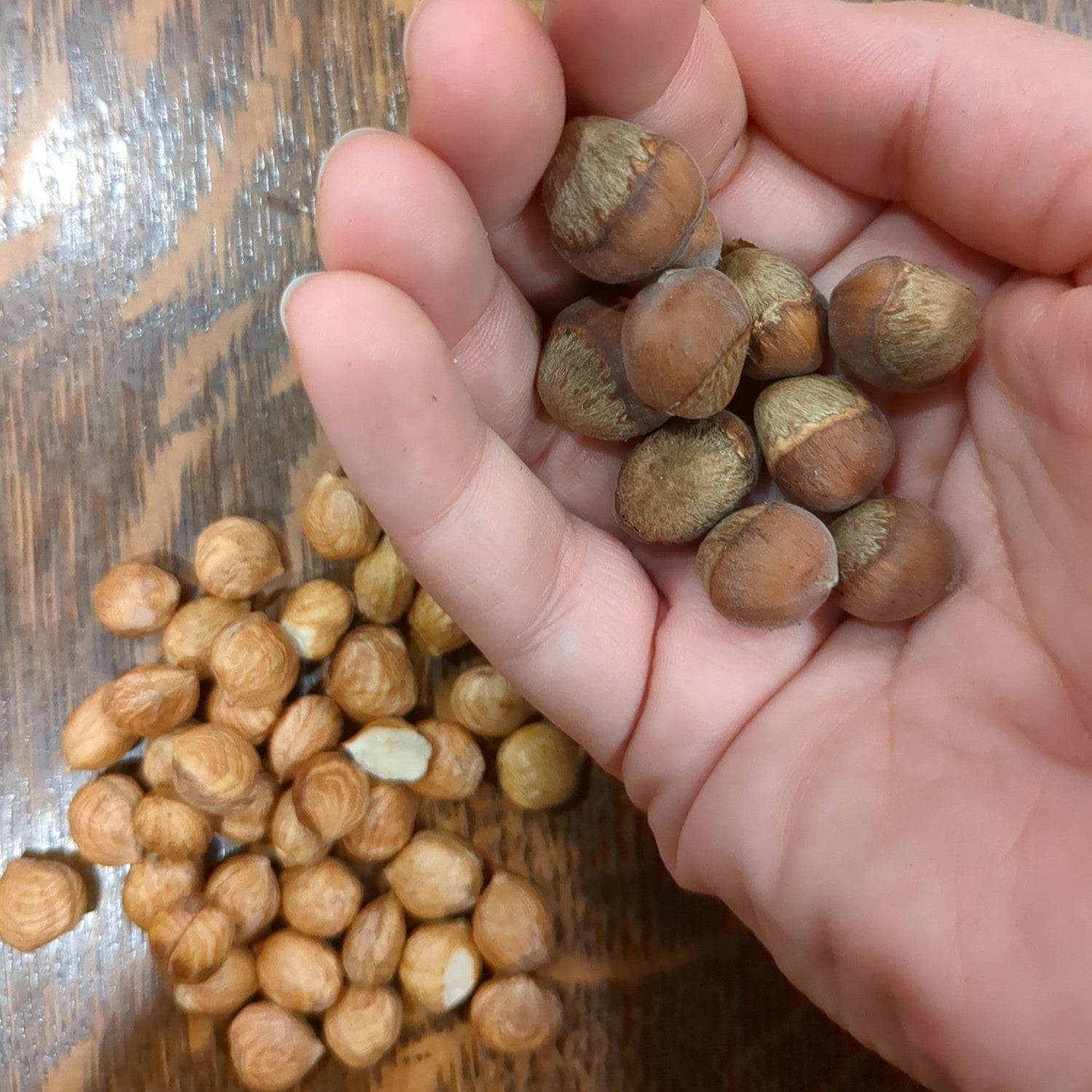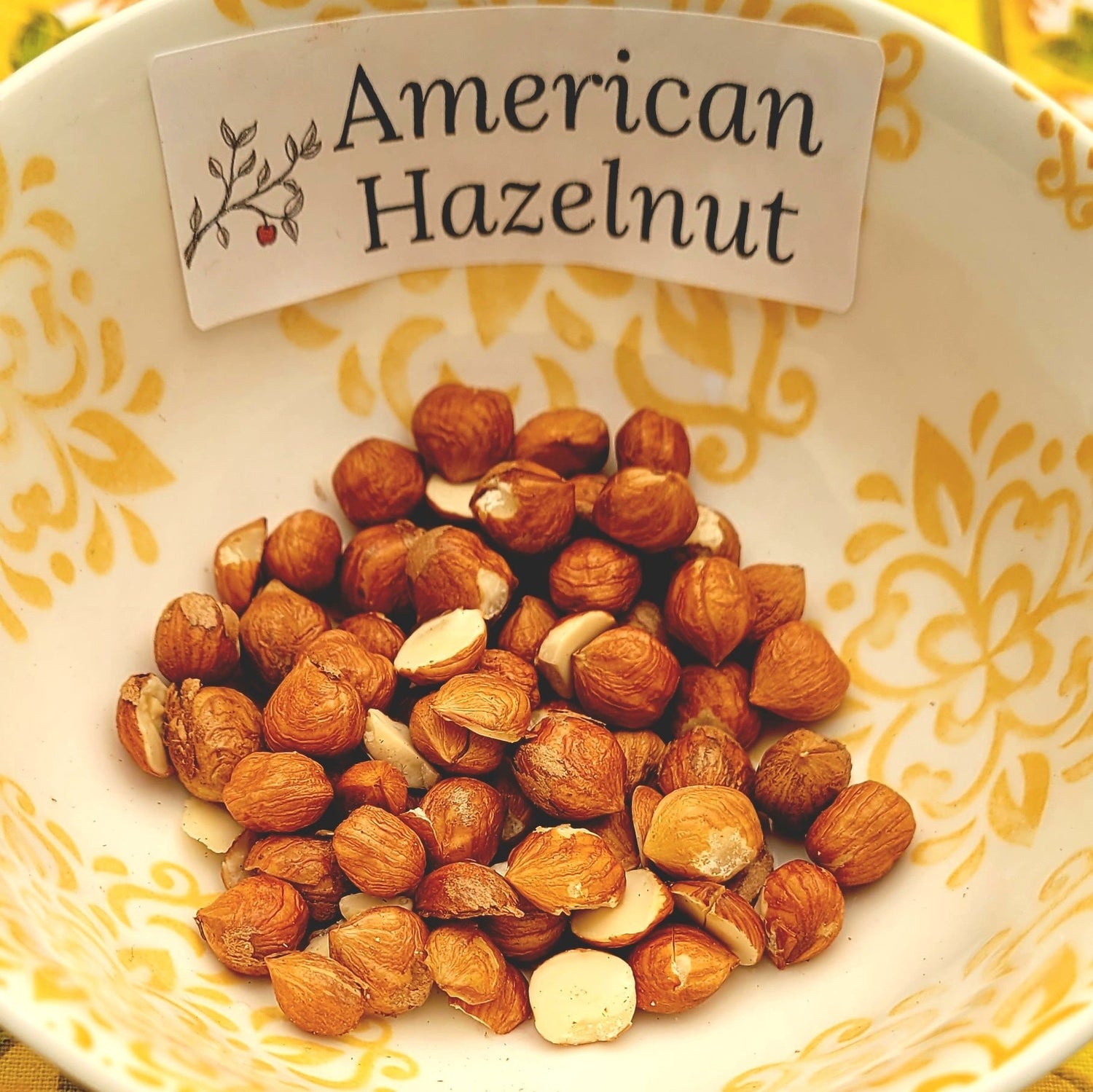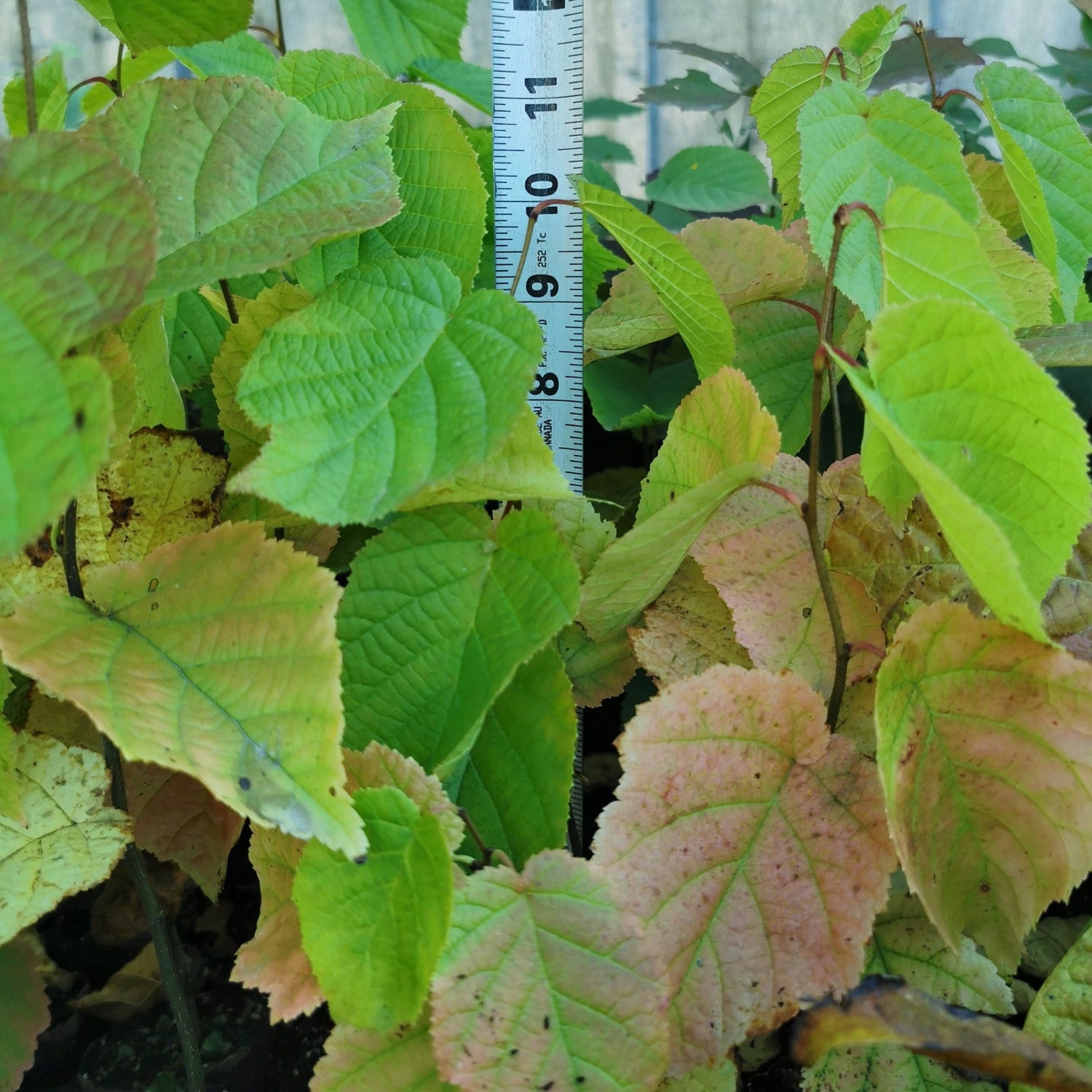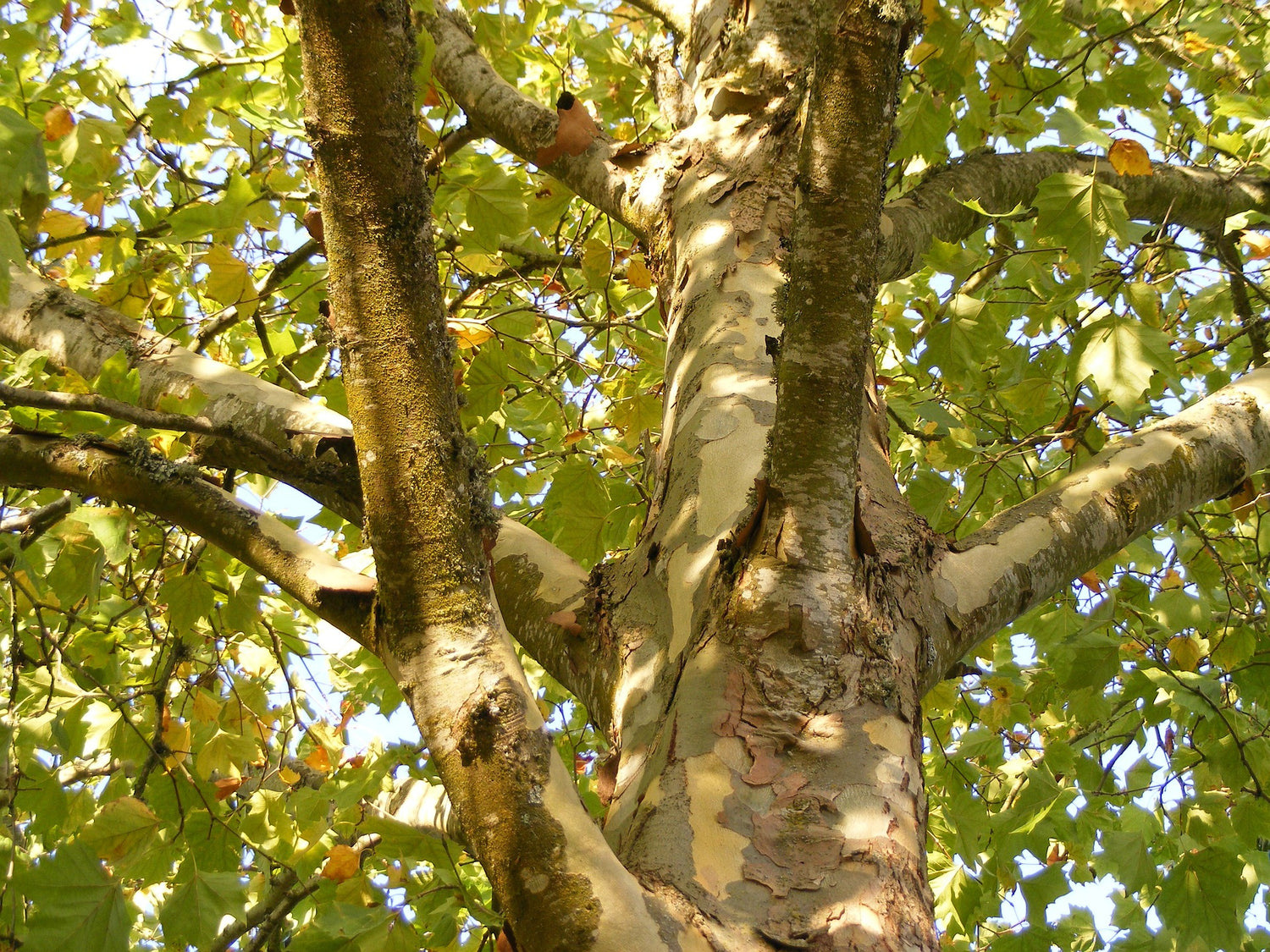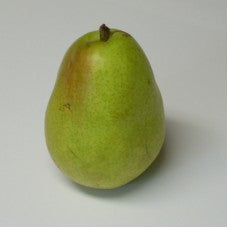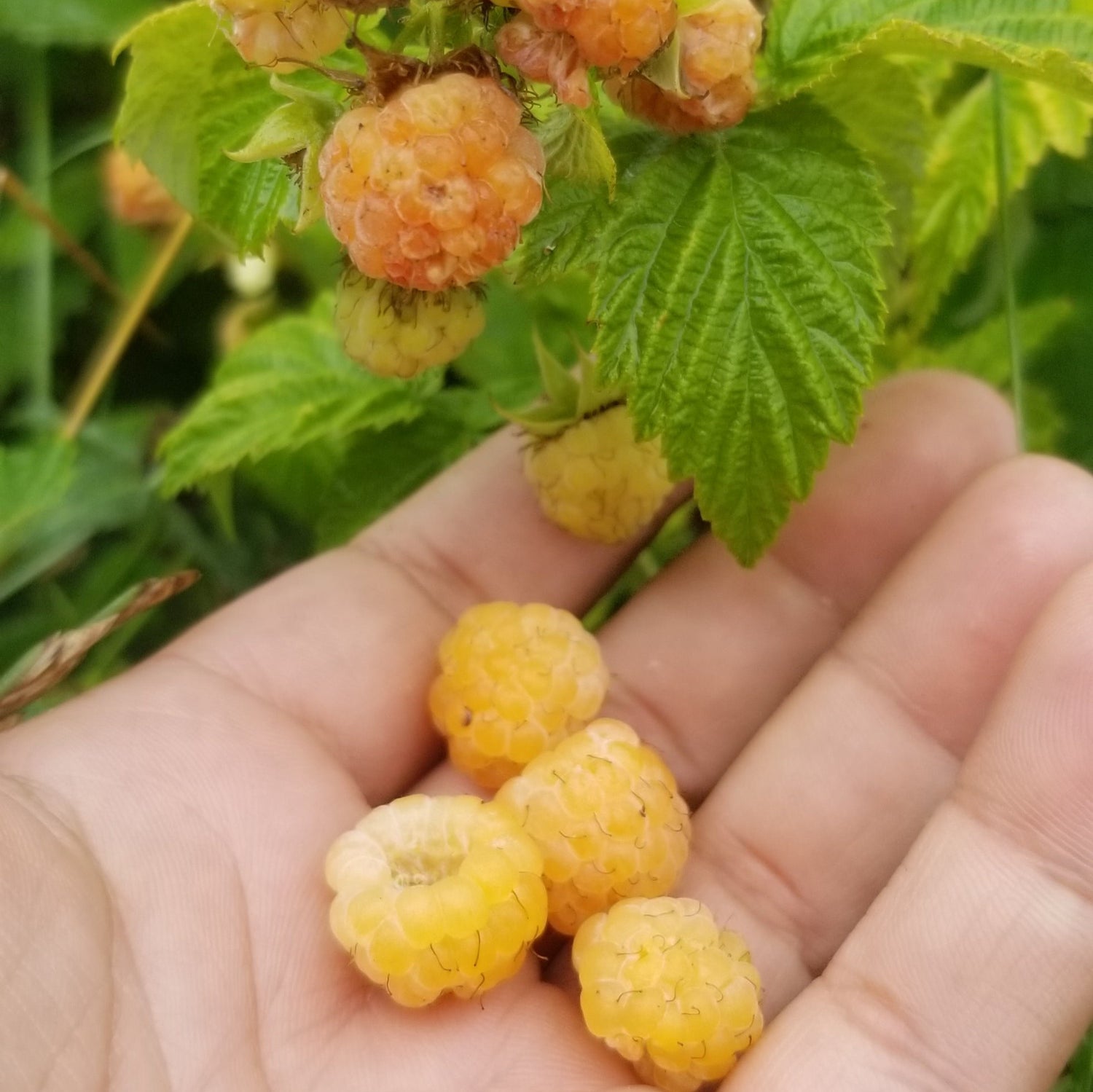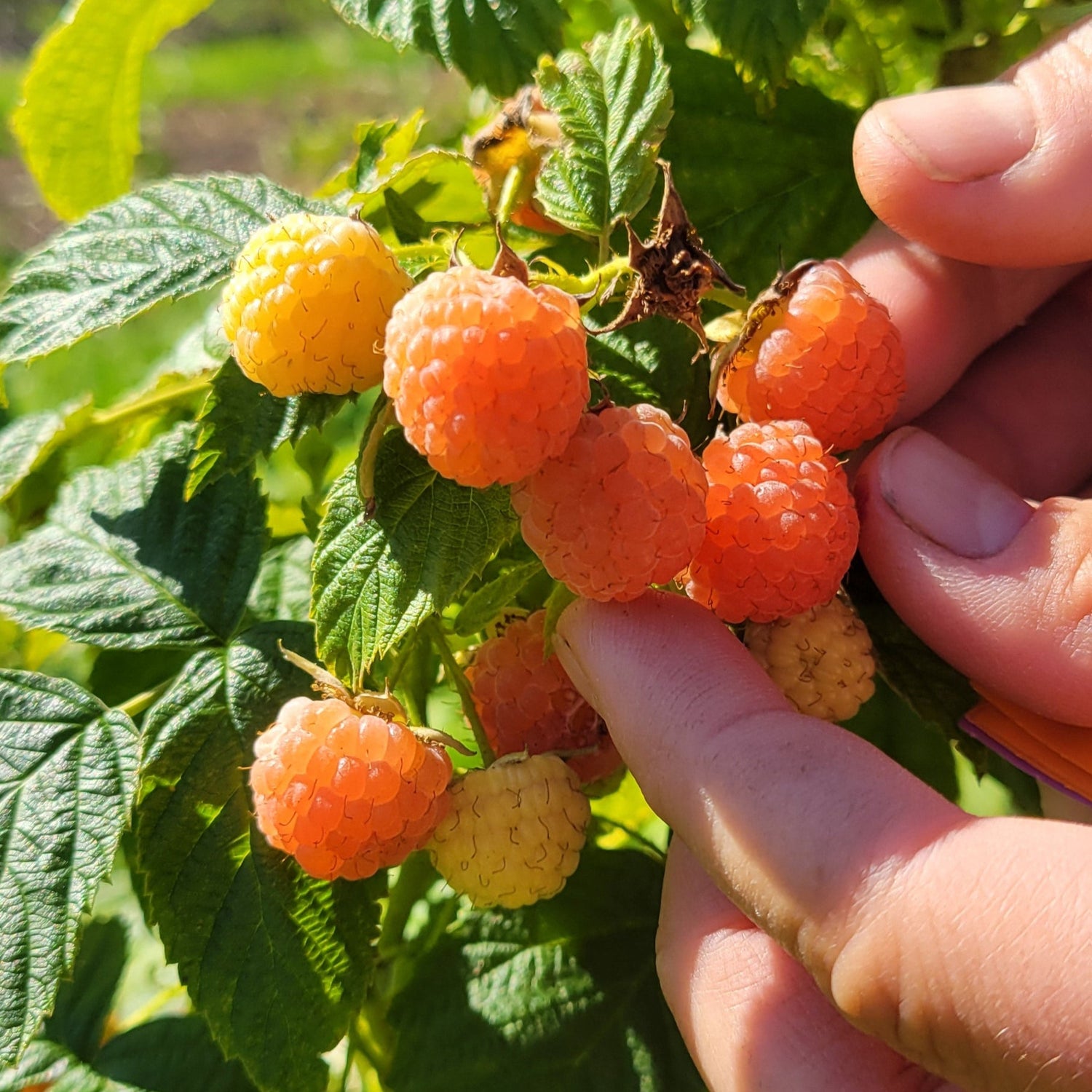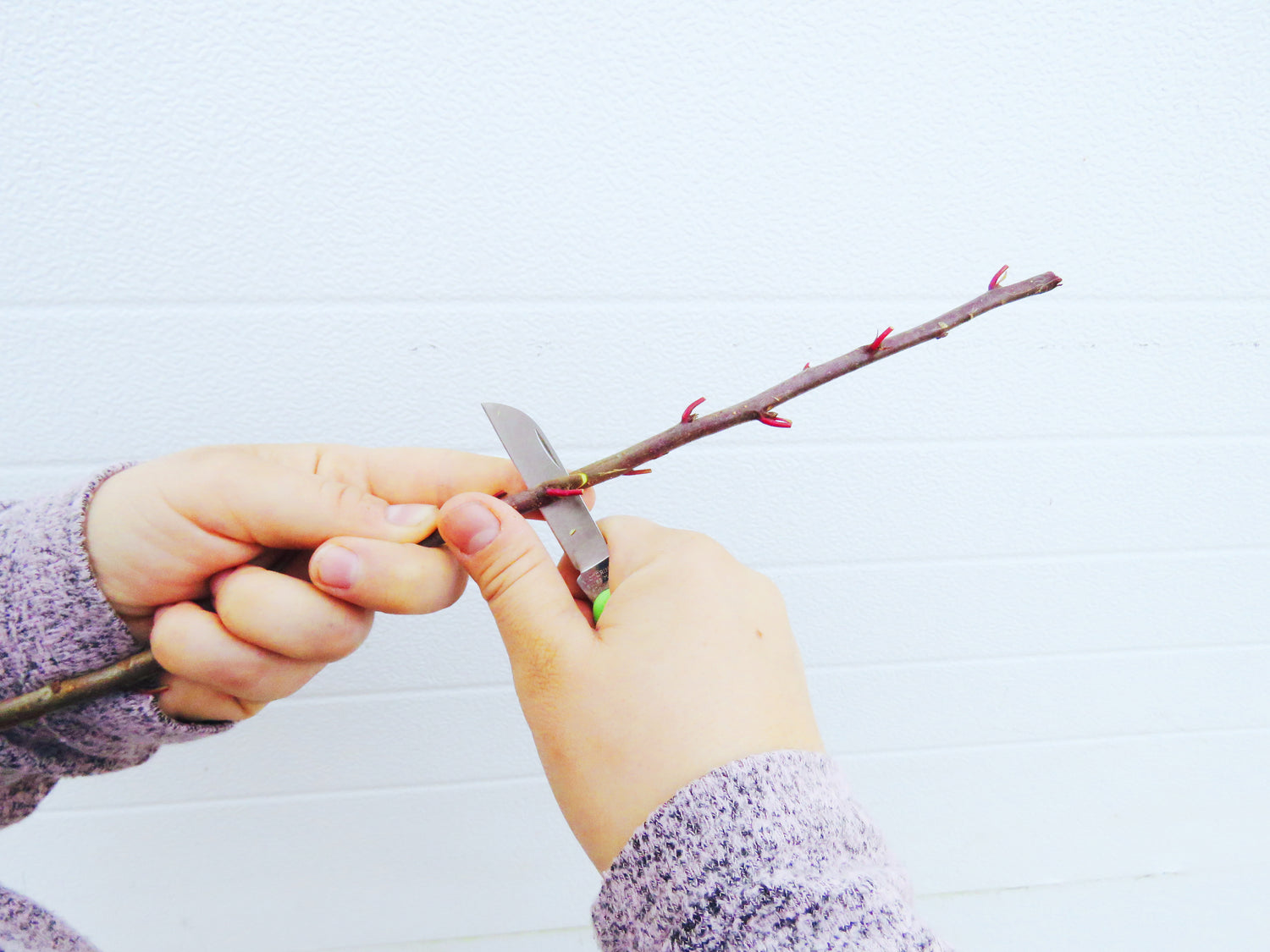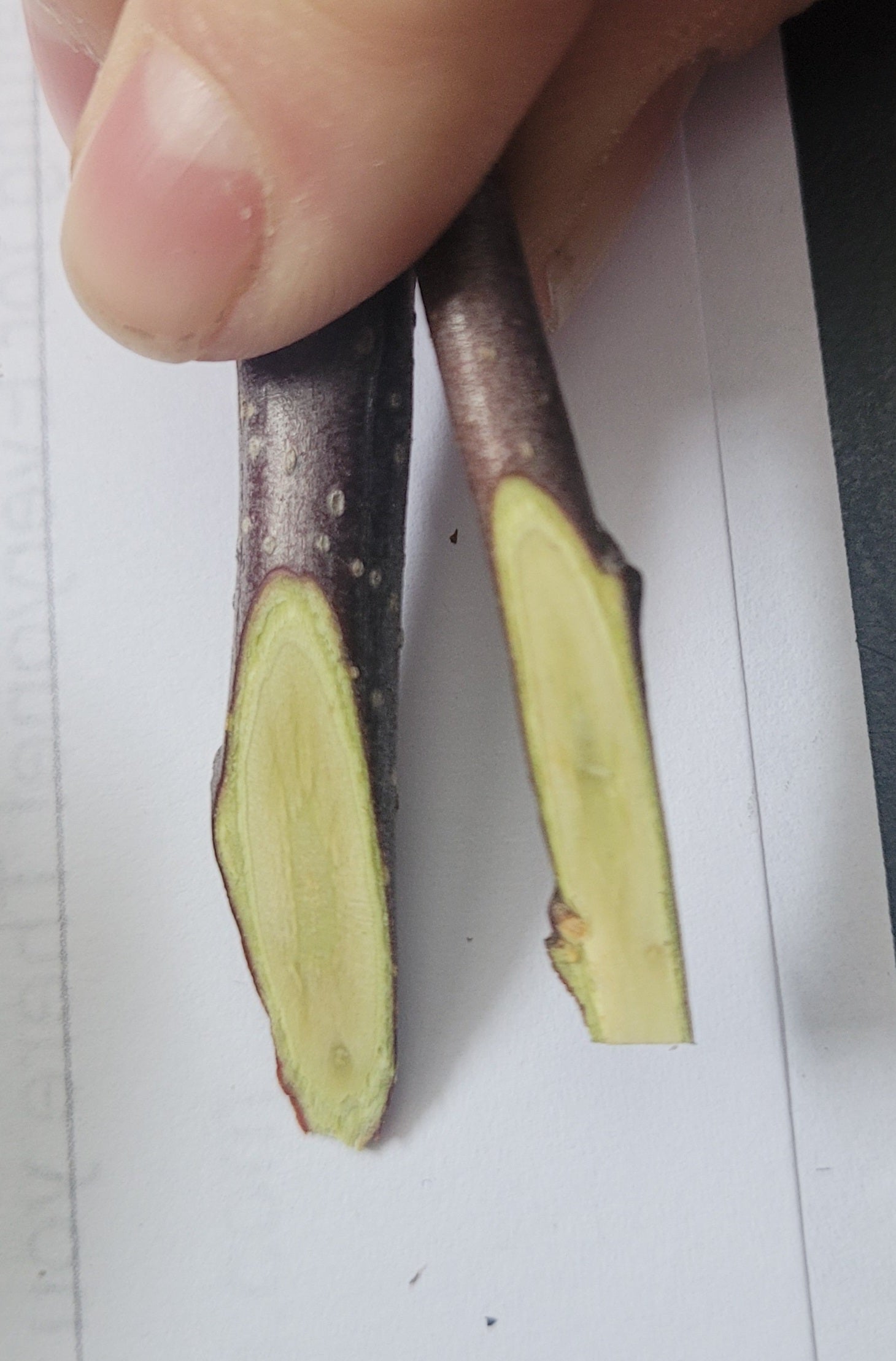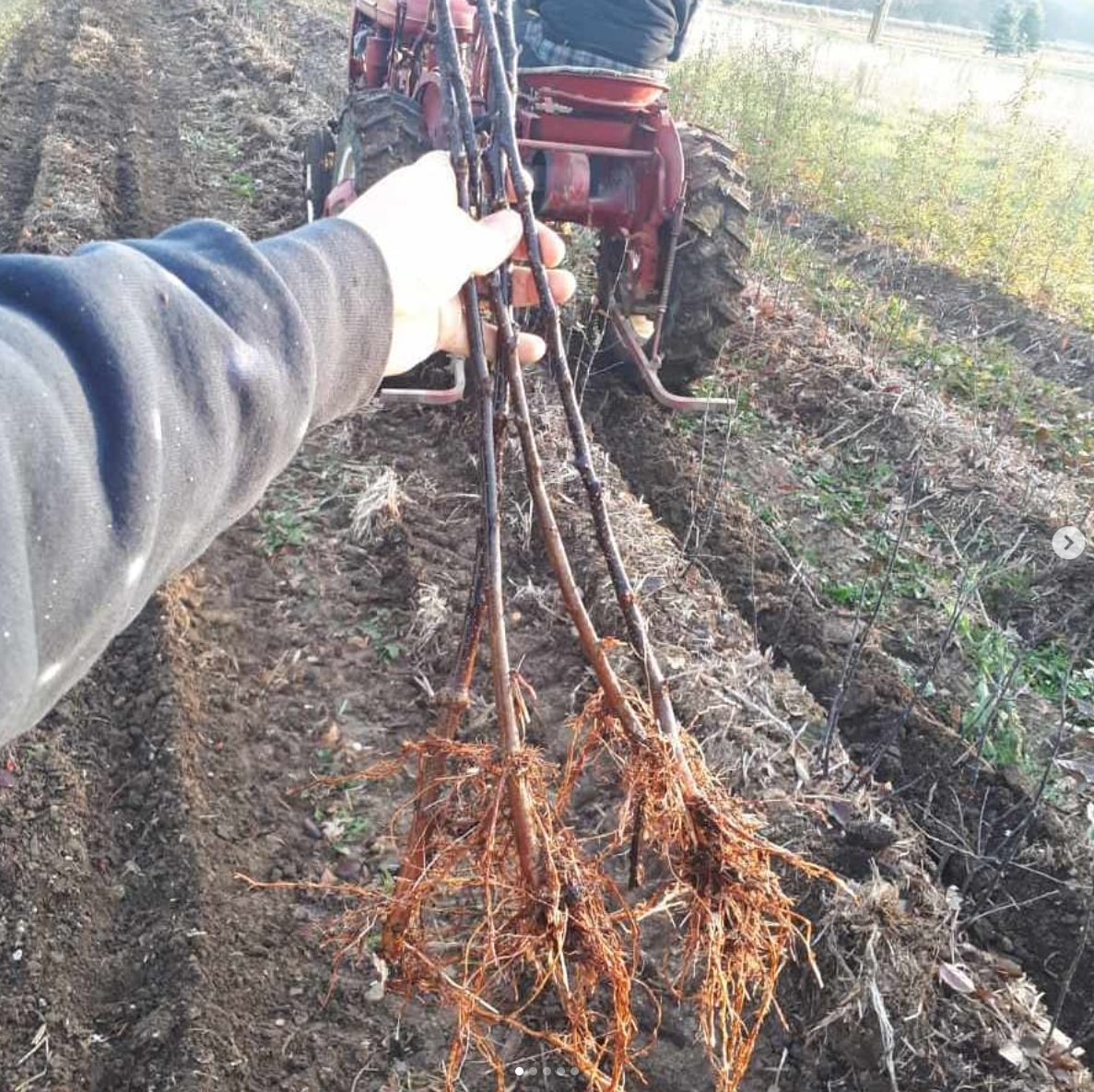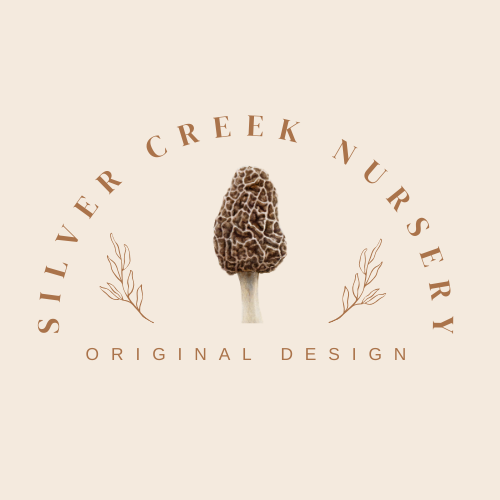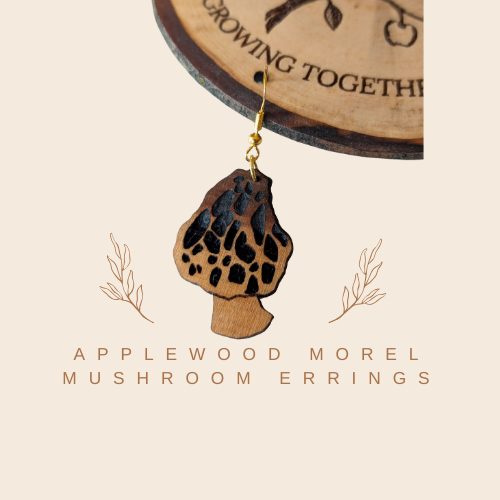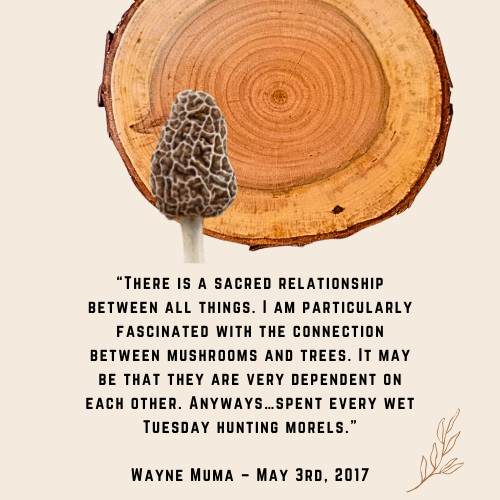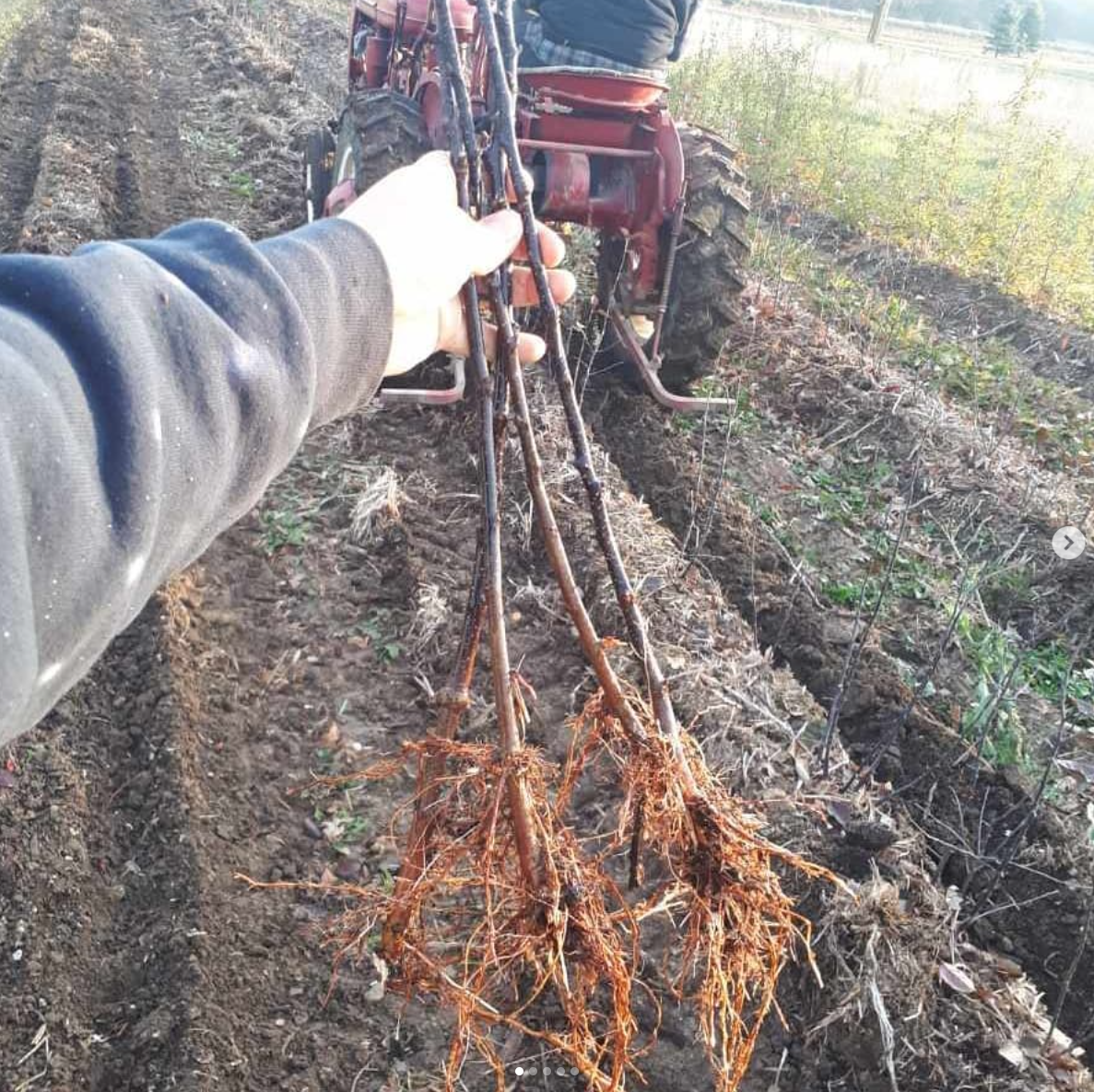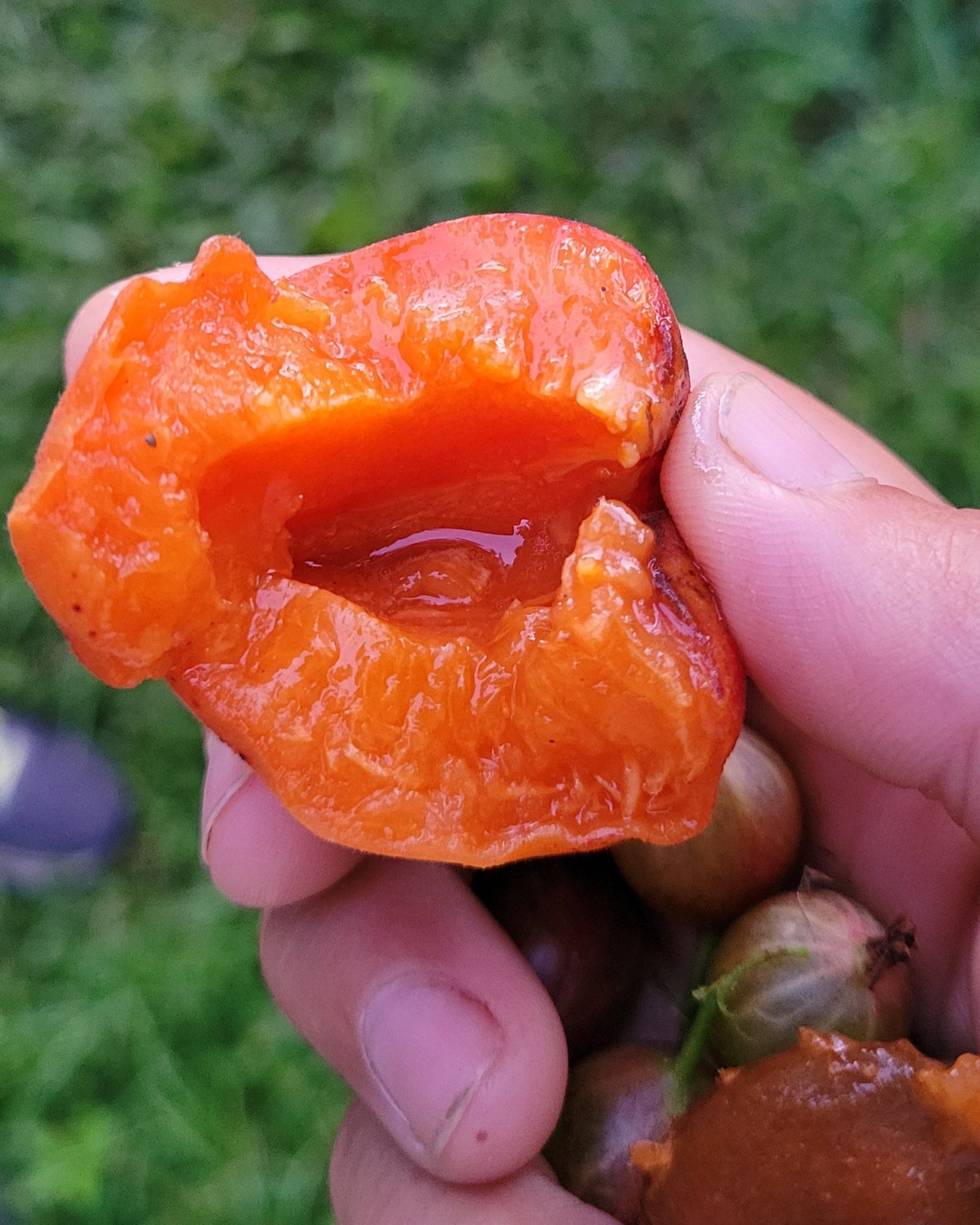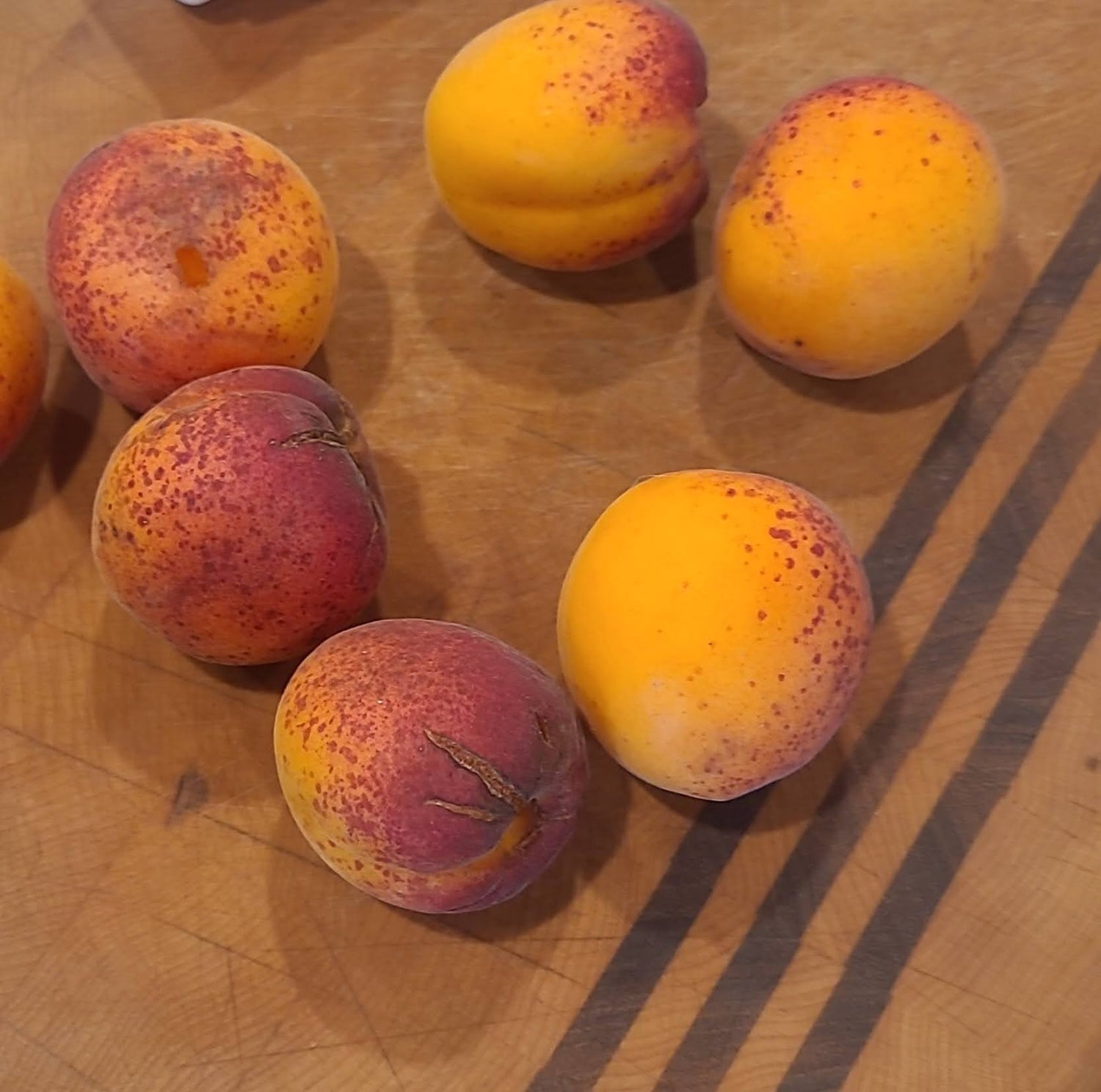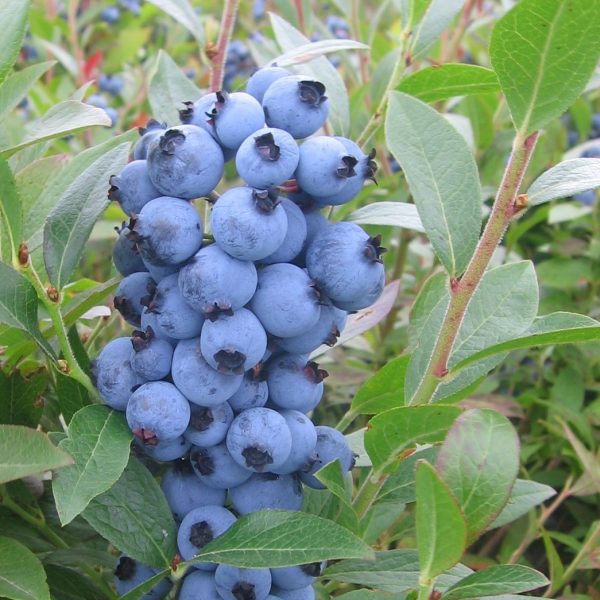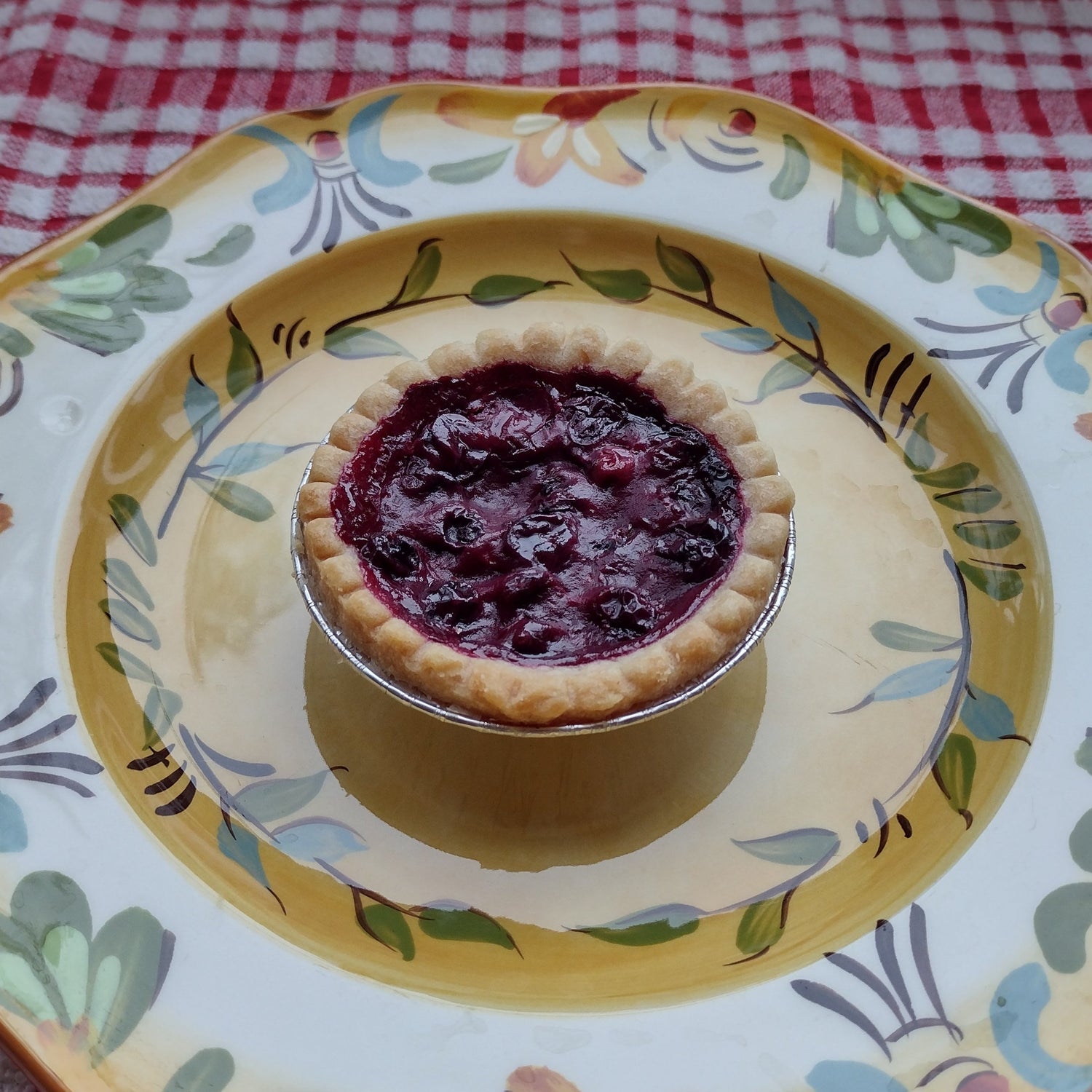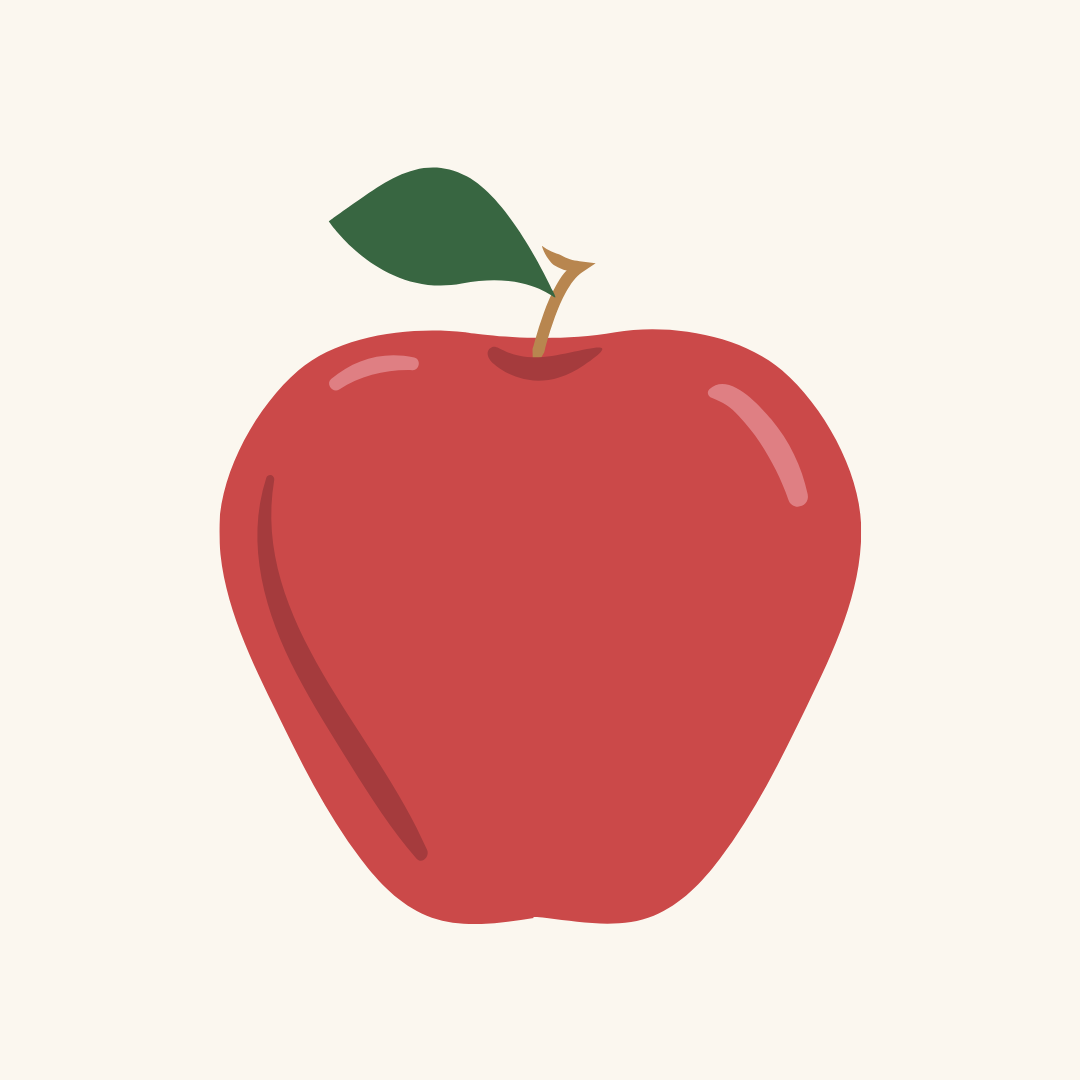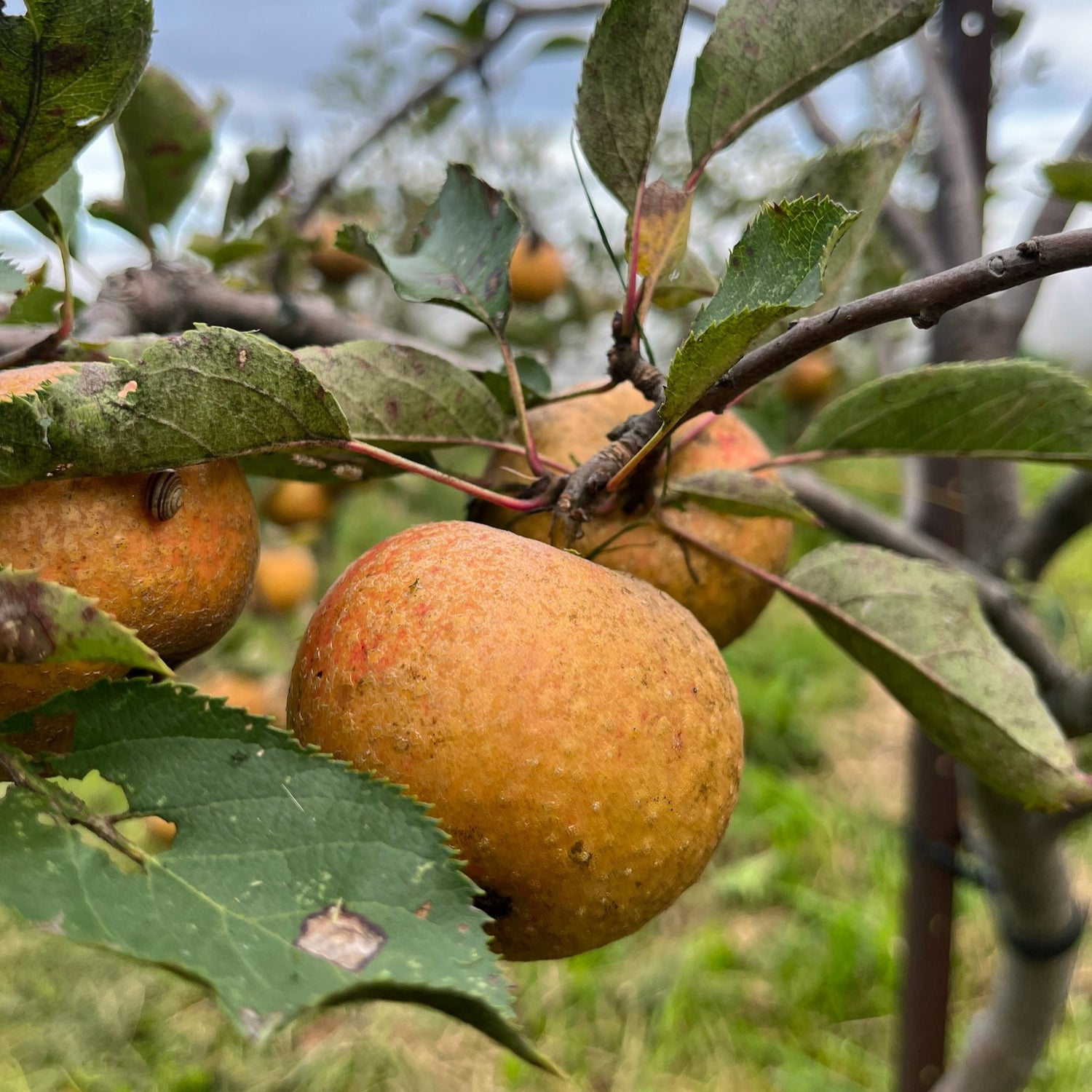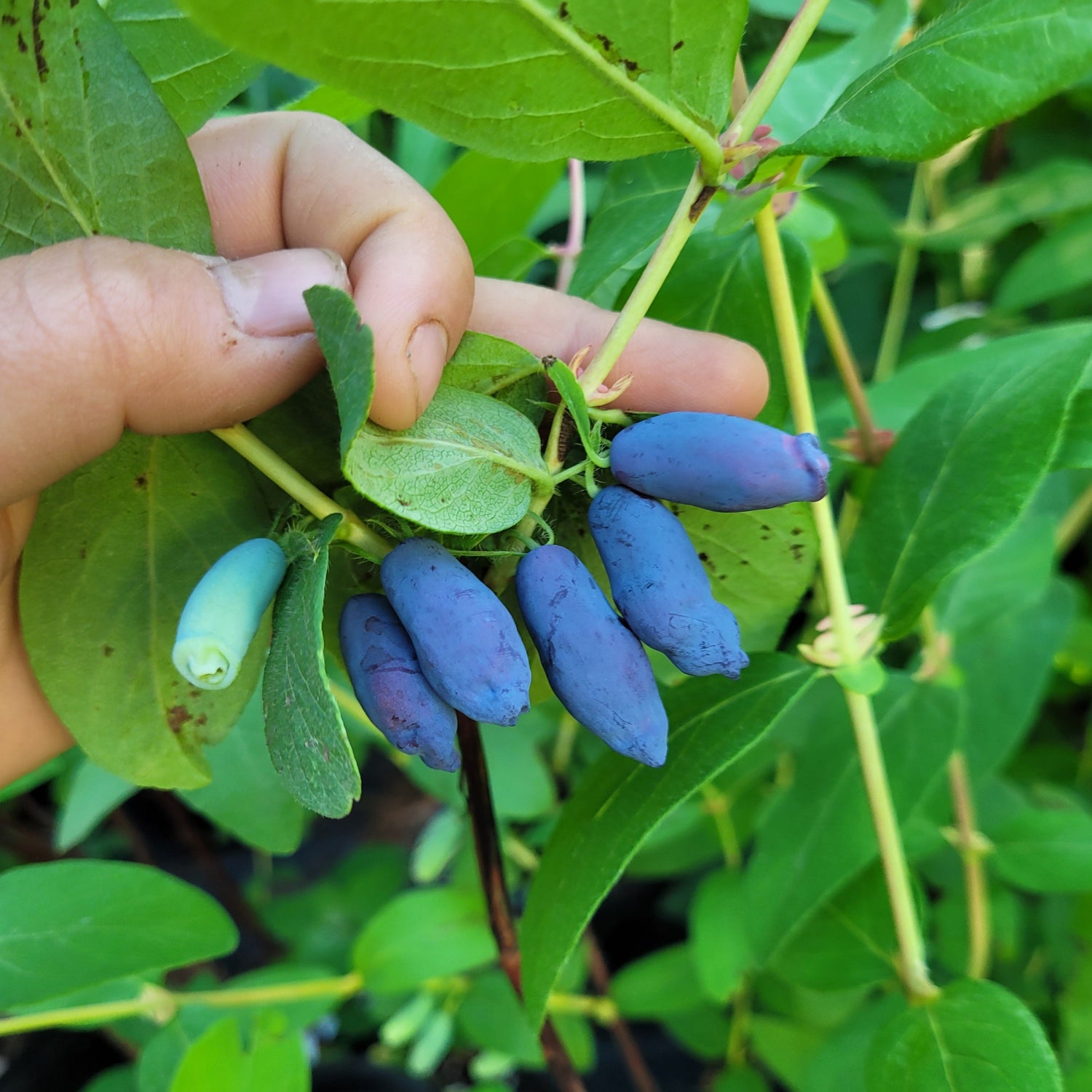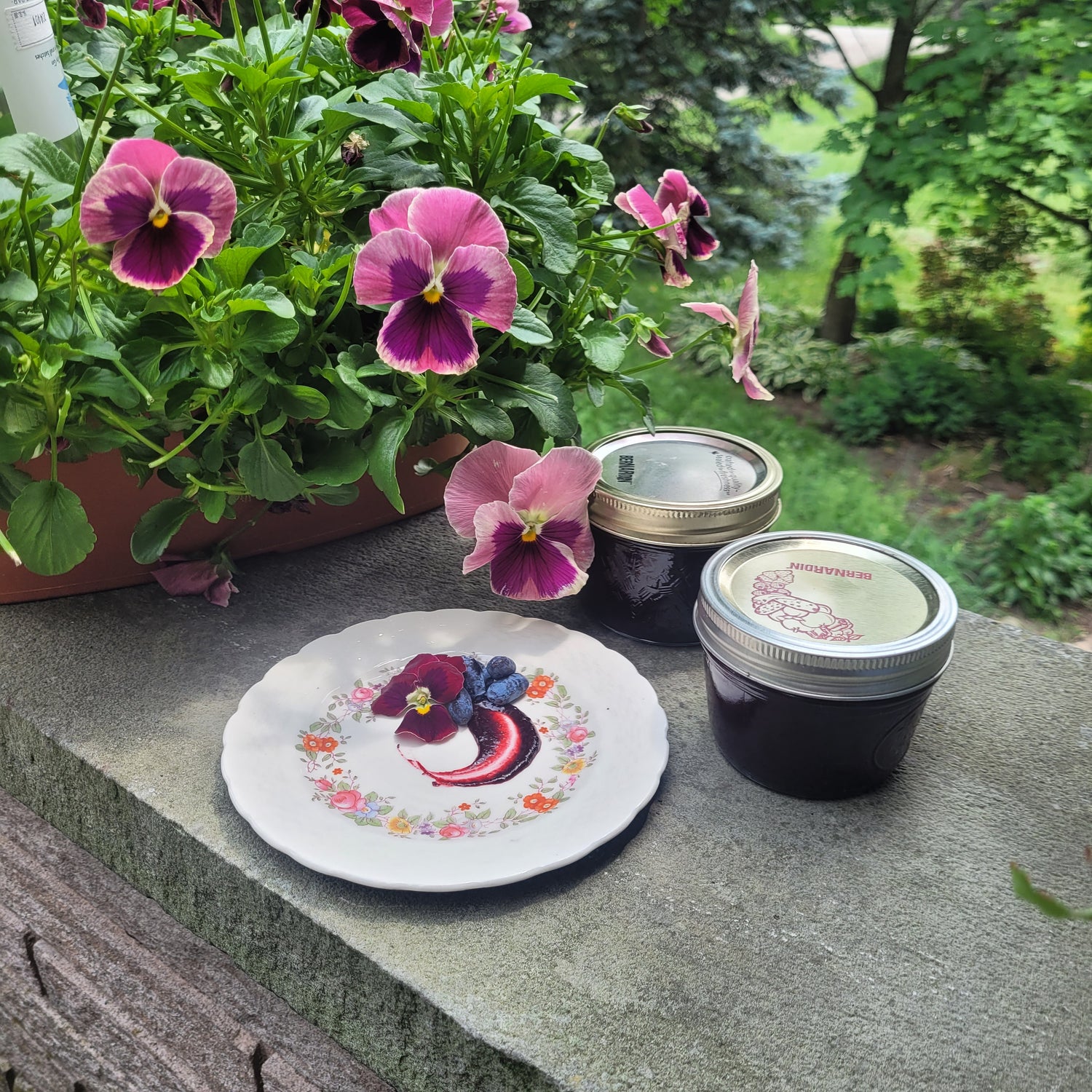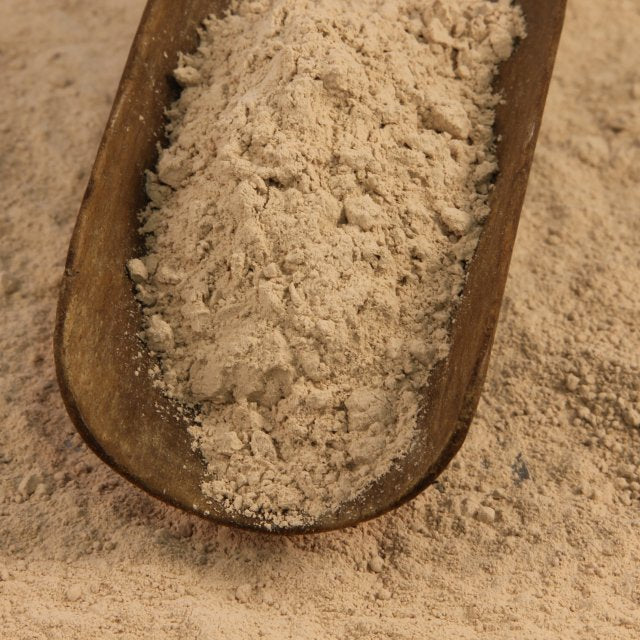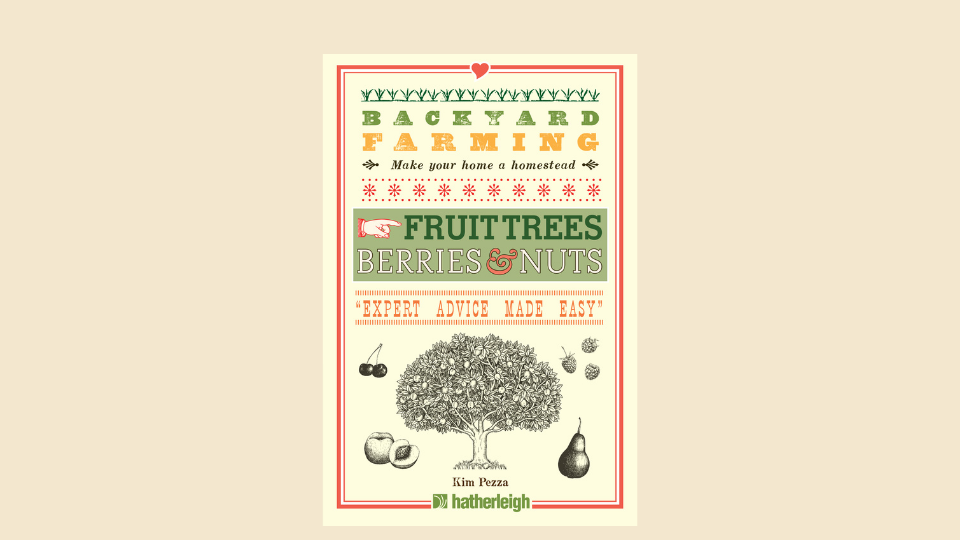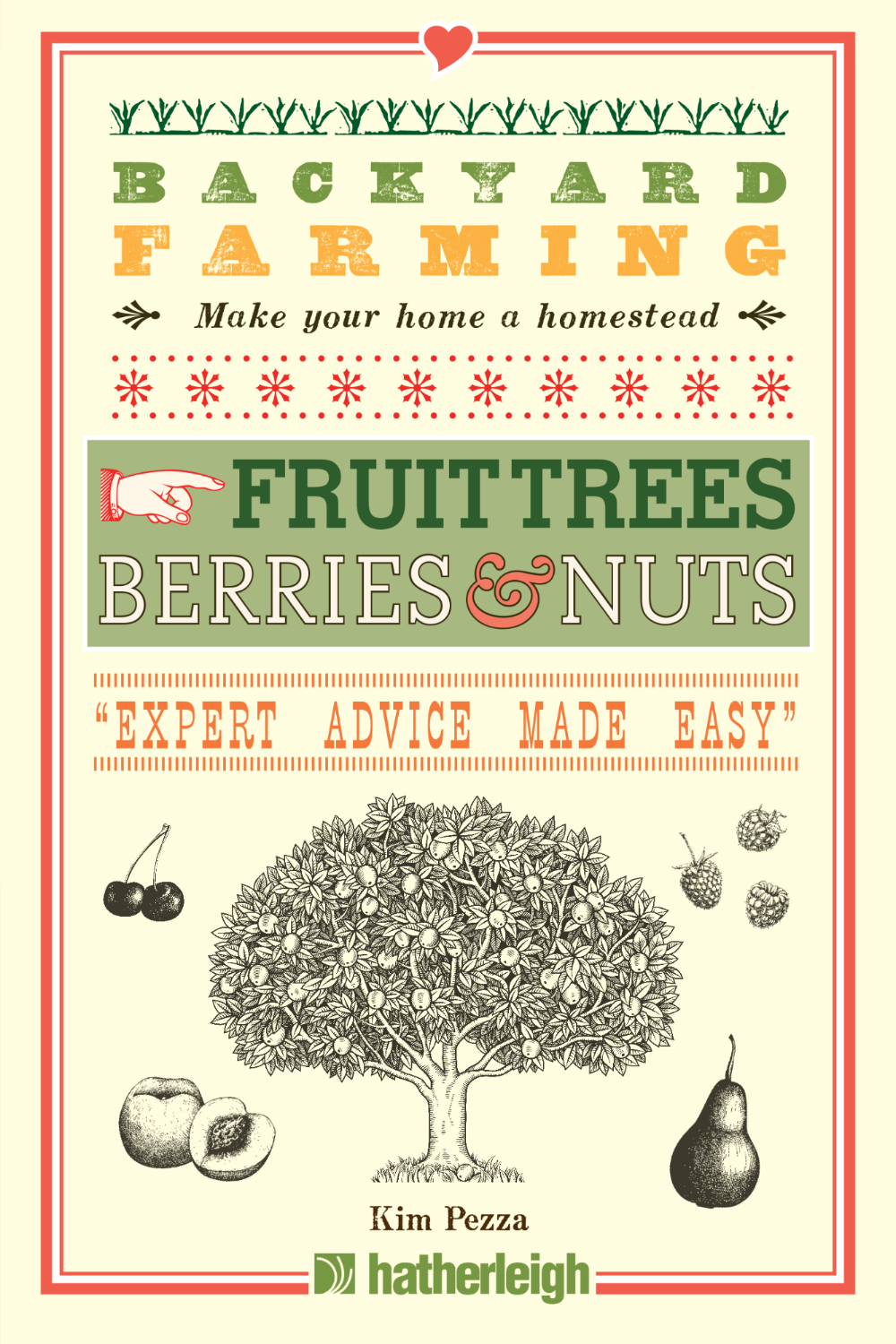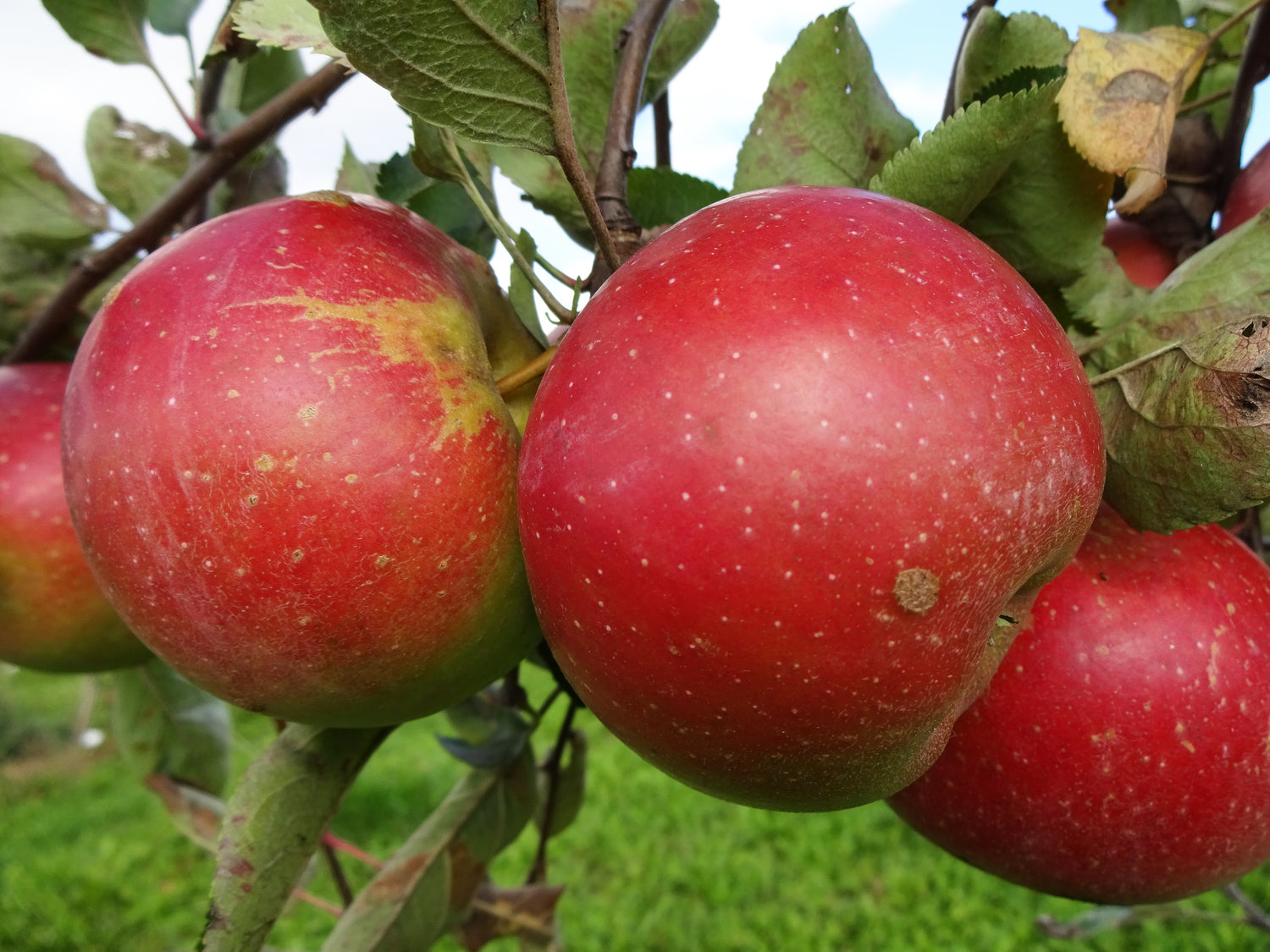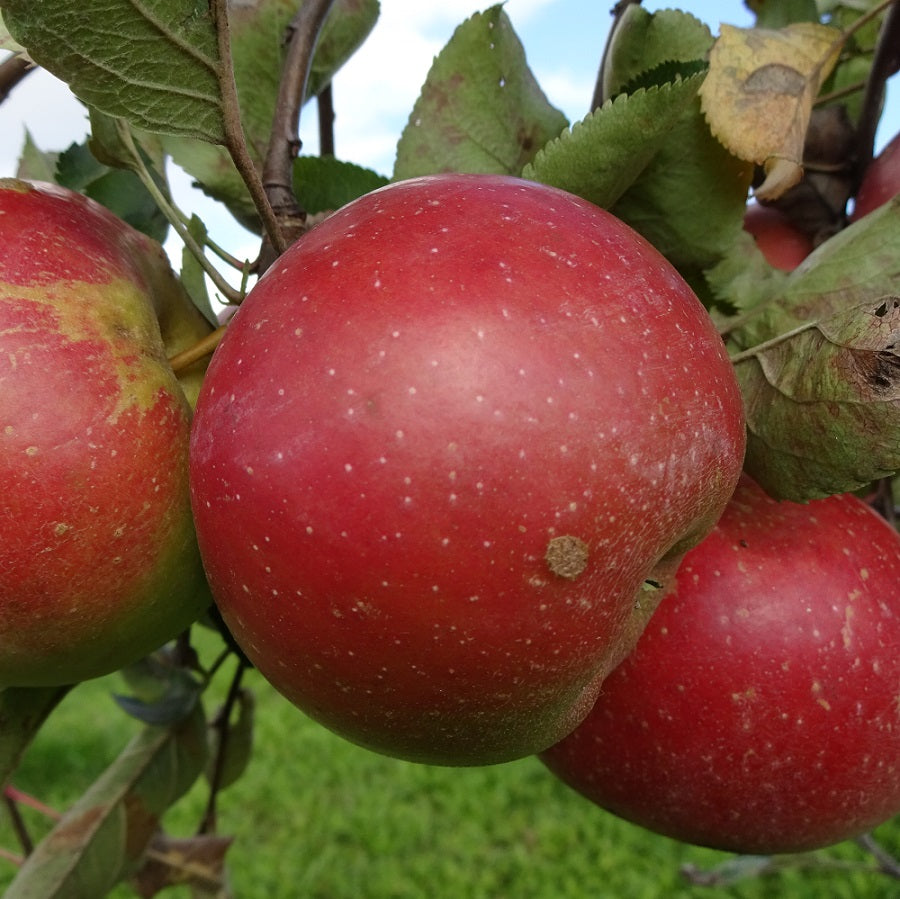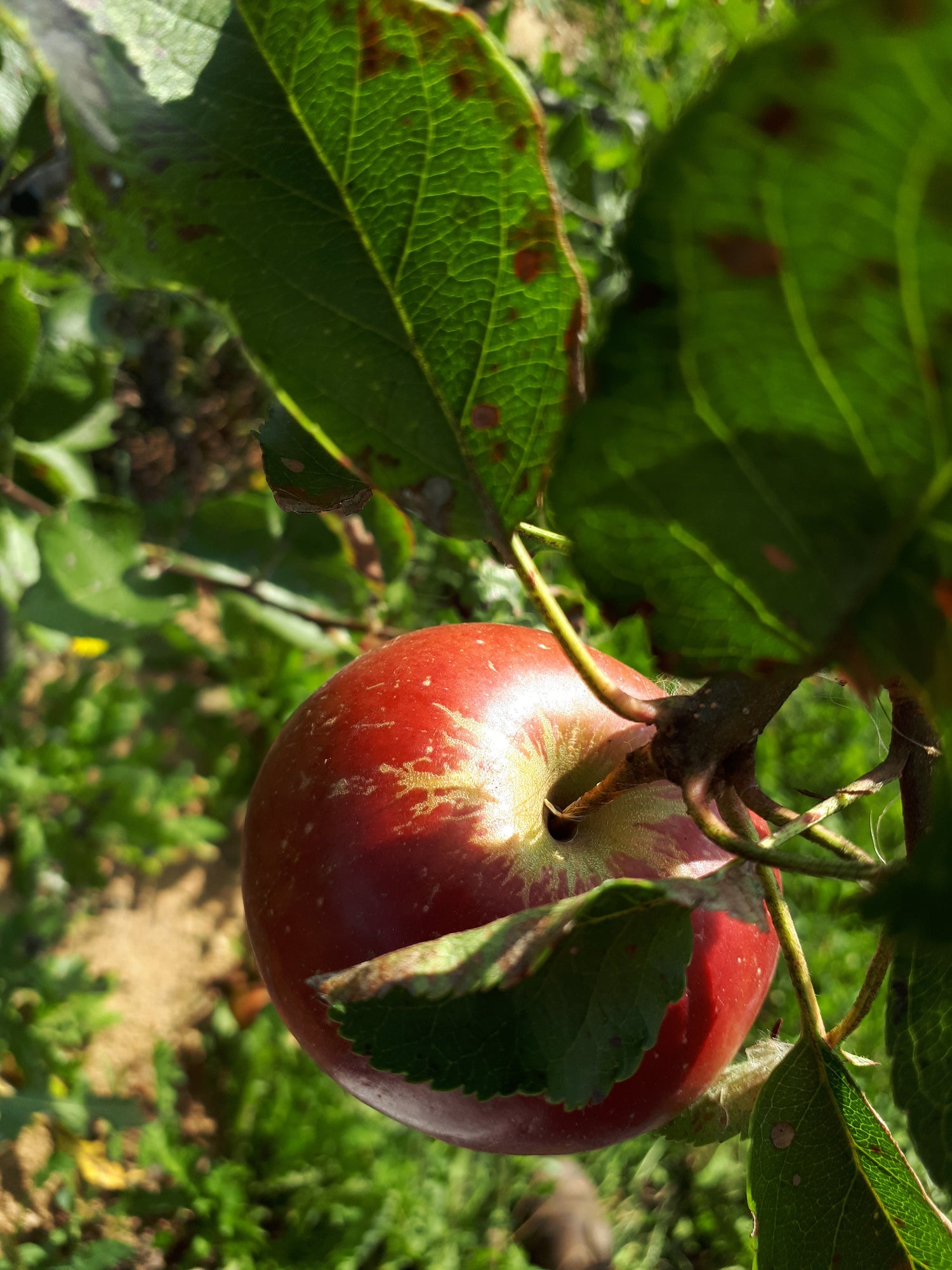Products
Sort by:
666 products
666 products
Stella Natura Biodynamic Planting Calendar for 2026. Working with Cosmic Rhythms.
This beautiful calendar offers advice for when to sow seeds, cultivate your garden and/or farm crop to best enhance their roots, flowers, leaves or fruits. This is based on the Moon’s passage through the constellations of the zodiac. Unfavorable times for sowing are also indicated, to help avoid those inexplicable crop failures.
In addition to planting and astronomical information, the monthly charts continue to be hand-written and accompanied by the thoughtful, inspiring, and informative articles for which Stella Natura has become well-known and appreciated. Also new this year ~ each calendar now includes a link to a free introductory webinar on its principles and practical application!
Initiated by Sherry Wildfeuer in 1978 and heartfully produced by her since that time, Stella Natura has long been a meaningful part of the biodynamic movement. With insightful and engaging articles about agriculture, cosmic influences, and anthroposophy, as well as meticulously hand-drawn charts that detail dates and times for planting/tending/harvesting various crops based on planetary and cosmic influences, it is a faithful companion to gardeners, farmers, and those seeking a glimpse into the practical application of anthroposophical insight to the natural world.
Sherry and Spikenard’s Director, Alex Tuchman, have worked mindfully and joyously together on this transition and have collaborated closely on the last several calendars.
History: Airlie's Red Flesh originated on the farm of Lucky and Audrey Newell in Airlie, Oregon who sold the property in the 1960s. Two decades later in the 1980s, a Louis Kimzey was walking through the old orchard, bit into an apple from the tree, and was amazed at its stunning pink flesh. This was also known as Newell-Kimzey to reference those who found it and Airlie's Red Flesh as a reference to its place of origin and pink flesh. It also goes under a separate brand name.
Why We Grow It: This small, slightly conical apple has yellow skin that belies a bright pink interior that whitens near the core. Not only is it pretty, the fruit has a very sweet flavour with some mild astringency and the flesh is slow to brown. Along with the attractive fruit, the tree boasts bright pink blossoms that gives it an extra ornamental appeal.
History: Akane was developed in Japan in 1937 at the Morioka Experimental Station. It is one of several kinds of produce created to better feed citizens and troops during WW2. The name 'akane' literally translates from Japanese as 'deep red.'
Why We Grow It: This crisp, sweet apple is great for fresh eating and has bright red skin. It tends to begin bearing at a young age and is relatively diseases resistant.
History: Akane was developed in Japan in 1937 at the Morioka Experimental Station. It is one of several kinds of produce created to better feed citizens and troops during WW2. The name 'akane' literally translates from Japanese as 'deep red.'
Why We Grow It: This crisp, sweet apple is great for fresh eating and has bright red skin. It tends to begin bearing at a young age and is relatively diseases resistant.
History: Alkmene, aka Early Windsor, was developed by M. Schmidt and H. Murawski at the Kaiser-Wilhelm-Institut für Züchtungsforschung in Müncheberg, Germany in the 1930s.* It was named after Hercules' mother Alcmene. After the chaos of WW2, it took about 30 years for Alkmene to be introduced to the rest of the world. It was released in 1962 and given the name Early Windsor for better marketability. It remains a popular apple in Europe today.
Why We Grow It: Alkmene produces a medium-sized crisp, juicy apple that has yellow skin overlaid with red stripes. The aromatic fruit is known for its rich flavour that is both honeyed and notably sharp. The tree is known to be quite a heavy cropper!
*While the Kaiser Wilhelm Institute was heavily involved with the Nazis during WW2, at the time of Alkmene's development the institute's president was Max Planck, a scientist who staunchly defended his Jewish colleagues. The institute was renamed in his honour following WW2. That is to say, we're not selling a Nazi apple.
History: Alkmene, aka Early Windsor, was developed by M. Schmidt and H. Murawski at the Kaiser-Wilhelm-Institut für Züchtungsforschung in Müncheberg, Germany in the 1930s.* It was named after Hercules' mother Alcmene. After the chaos of WW2, it took about 30 years for Alkmene to be introduced to the rest of the world. It was released in 1962 and given the name Early Windsor for better marketability. It remains a popular apple in Europe today.
Why We Grow It: Alkmene produces a medium-sized crisp, juicy apple that has yellow skin overlaid with red stripes. The aromatic fruit is known for its rich flavour that is both honeyed and notably sharp. The tree is known to be quite a heavy cropper!
*While the Kaiser Wilhelm Institute was heavily involved with the Nazis during WW2, at the time of Alkmene's development the institute's president was Max Planck, a scientist who staunchly defended his Jewish colleagues. The institute was renamed in his honour following WW2. That is to say, we're not selling a Nazi apple.
These tags are wonderful markers for new grafts, and general tree/plant marking. Simply write on the metal tag with any ballpoint pen or stylus (one or both sides), and attach with the enclosed 23cm wire fastener. They don't rust, fade, or smear making them a quick, worry free option to keep your orchard straight! The label surface measures 7.5 by 1.5 cm. 1 tree label.
History: A chance seedling discovered in the 1980s in BC, this tender, aromatic, honeyed apple has been a hit ever since!
Why We Grow It: This delicious apple is very popular in the fresh eating market in Canada, thanks to its attractive bi-colour skin and slow browning qualities. It produces a medium-large fruit and is a good cropper.
Species: Apio americana
History: American Groundnut (aka hopniss, potato bean, and hodoimo) is a native vine found from southern Canada down to Florida and west to Colorado. They are an important traditional food amongst indigenous peoples within its range and were introduced to European colonizers by these peoples. American Groundnuts failed to take off as a crop in Europe or colonized North America, although there have been efforts since the late 1900s to develop and promote cultivars in the US. Curiously, the only place where American Groundnuts are an important commercial crop is in Japan where it has become an important part of the Aomori Prefecture culinary scene following its introduction during the Meiji Period.
Why We Grow It: Although American Groundnuts have failed to gain much traction in the West, they are a great addition to the garden whether you are looking for a unique edible perennial or an ornamental plant. The shoots and seed pods are edible but American Groundnut is best known for the small tubers that grow in a bead-like manner along the roots. They are relatively small and taste similar to a potato but with more nuttiness. Like a potato, they can be used in a variety of ways! The unique burgundy flowers also make them appealing ornamentally. Just keep in mind that these vines can be quite vigorous and will spread!
Species: Corylus americana
History: American hazelnuts are native to eastern and central Canada and the US. The nuts are an important food source to many animals and as such the shrubs are most often cultivated for planting in native and wildlife gardens. Indigenous peoples also use the shrub for medicinal purposes.
Why We Grow It: This thicket forming native shrub produces nutritious hazelnuts and fodder for animals. It is an excellent species to incorporate into a pasture/grazing system.
Species: Diospyros virginiana
History: Native to the southeastern and central areas of the United States, American Persimmon has had a long history of cultivation. The word 'persimmon' is an Anglicized version of the words 'putchamin,' 'pasiminan,' or 'pessamin,' which all mean 'dried fruit' in various Algonquin dialects, reflecting the fruits' usage. It is also common in southern states to trick the unwary into eating the unripe fruit which has an incredibly astringent flavour. Other historical uses for the American Persimmon include turning the seeds into buttons during the American Civil War and using the wood to make items such as pool cues and golf clubs.
Why We Grow It: This unique fruit tree produces a succulently sweet orange fruit that must be extremely ripe before you can eat it. Although it ripens in the summer, the fruit can withstand freezing and hang onto the tree until December. The fruit can be used to make a variety of sweet and savoury dishes and are also very popular among wildlife. Steph has found them great for baking into sweets such as tarts or the pecan and persimmon cookies pictured here!
Pictured is a cookie made with our own American persimmons and pecans!
Species: Platanus occidentalis
History: American sycamores (aka American planetree, buttonwood, and water beech) are native to the United States, the most northern parts of Mexico, and the most southern parts of Canada. The bark has traditionally been used by indigenous peoples to make bowls for gathering berries and the wood has been used to make butcher blocks. The tree itself was common as a street tree but its susceptibility to anthracnose made it visually unappealing and it was replaced by the London planetree. The Buttonwood Agreement, the founding document of the New York Stock Exchange, is named for this tree because it was signed under an American sycamore in 1792.
Why We Grow It: American sycamores are an attractive tree with visually unique camo-like bark and curious brown little seed balls that hang on through the winter. They can get quite tall and are a good wildlife tree. Just be mindful that the roots are good at clogging drain pipes so be mindful where you plant it!
History: Anjou is an older variety of pear that likely originated in France or Belgium in the mid-1800s. They were originally called 'Nec Plus Meuris' but at some point adopted the name Anjou (or d'Anjou or Beurre d'Anjou) after the French region when introduced to England or the US. Anjou pears are still quite popular and are one of the most commonly grown pears in the United States.
Why We Grow It: Anjou is a popular pear due to its good eating quality and flavour. The skin is greenish yellow, and the flesh is firm and sports a hint of yellow. The fruit keeps well and the tree is vigorous and hardy.
History: Anjou is an older variety of pear that likely originated in France or Belgium in the mid-1800s. They were originally called 'Nec Plus Meuris' but at some point adopted the name Anjou (or d'Anjou or Beurre d'Anjou) after the French region when introduced to England or the US. Anjou pears are still quite popular and are one of the most commonly grown pears in the United States.
Why We Grow It: Anjou is a popular pear due to its good eating quality and flavour. The skin is greenish yellow, and the flesh is firm and sports a hint of yellow. The fruit keeps well and the tree is vigorous and hardy.
Species: Rubus sp.
History: Anne is the product of quite the combined efforts between the University of Maryland, Rutgers University, Virginia Polytechnic Institute and State University, Southern Piedmont Agricultural Research and Education Center, and University of Wisconsin. Through their cooperative breeding program, the cross that created Anne was originally made in 1989 and the variety was released in the 1990s. It remains one of the more popular yellow raspberries today.
Why We Grow It: Anne produces large, firm raspberries that are quite sweet with a flavour some liken to apricots or bananas. Most uniquely: the berries are yellow, turning a warm orangey-yellow at their ripest! The berries are good for eating fresh, baking, freezing, or adding to salads and their yellow colour helps them to stand out. This is an everbearing variety so you can cut down the canes in the winter for a large fall crop, or enjoy a more spread out crop from August to September. Anne also sports relatively few thorns, making harvesting a little easier.
History: Antonovka was discovered near Kursk, Russia in 1826 and then developed by renowned Russian plant breeder I.V. Michurin. It was released in 1888 and became a popular variety in Russia, Poland, and Belarus due to its good flavour and quality for cooking/baking. In Russia, Antonovka was given the name 'The People's Apple' and in 2008 a monument to it was unveiled in Kursk. Although this hardy variety is less popular outside of its homeland, it has been commonly used as rootstock due to its ability to grow a strong, deep root system that makes it hardier and more drought tolerant.
Why We Grow It: This tree produces a refreshing, juicy, tart yellow apple that cooks down well. It is also quite cold hardy which is a great feature in our Canadian environment.
We will be offering two different dates for you to join us (in person) for our 2026 Grafting Workshop in order to accommodate a growing interest.
We are offering you a choice of either Saturday, April 25th, 2026 (1pm-4pm) & Sunday, April 26th, 2026 (1pm-4pm) for our annual workshop.
We will walk you through the history and theory behind grafting, we give you a chance to try grafting out for yourself, and by the end of the workshop you'll have grafted five of your own apple trees to plant at home!
We offer both single and paired registration:
Single registration includes:
- 5 scions and rootstock of your choice* - you will graft and take home five trees!
- 1 copy of Fruit Tree Grafting for Everyone (co-authored by Steph!)
- Practice material for one person
- Cost - $150 per person plus tax
-
5 scions and rootstock of your choice* - you will graft and take home five trees total per pair!**
- 1 copy of Fruit Tree Grafting for Everyone (co-authored by Steph!)
- Practice material for two people
- Cost - $200 per pair plus tax
*Your options will be any of the scionwood varieties we have available for this season and specified rootstock varieties. We will reach out to participants at a later date regarding their selection. Additional rootstock and scionwood can be purchased from the website when available.
**Paired tickets are an economical option for two people to attend the workshop but each pair only takes home five trees total. If both participants want to graft and take home five trees each, they will each need to purchase a Single ticket.
Looking to graft your own apple trees? We're happy to offer rootstock!
While we have young stool beds growing, in the meantime we import rootstock from Oregon. Aside from the headache (paperwork and shipping) of importing and distance, we are very happy with our supplier's quality, and are happy to offer small scale and backyard operations with rootstock. Every August, we prepare a rootstock order for the following spring, and our order comes up on the pool truck with all the other Ontario orders. Because of this, we aren't able to guarantee ship dates with rootstock orders, as we are at the mercy of the nursery and pool truck; the shipment typically comes in March-April.
If you require more than 1000 rootstocks, we recommend importing it yourself.
We regularly offer the following rootstock varieties:
B9 - Dwarf:
- History: B9 (aka Bud 9 or Budagovsky 9) was developed at the Michurinsk College of Agriculture in Russia as part of a series of cold hardy rootstocks. It is a cross between M8 and Red Standard.
- Why We Use It: B9 is an extremely hardy variety that encourages early bearing and high yields. The red leaves and inner wood makes it easy to distinguish from the scionwood.
- Growth Habits: Dwarf, reaches 8-10ft tall, precocious, minimal suckering, requires permanent staking, suitable for espalier
- Disease Resistance: Resistant to fireblight and collar rot
- Graft Compatibility: Good
B10 - Dwarf, royalties are included in price:
- History: B10 (aka Bud 10 or Budagovsky 10) was developed at the Michurinsk College of Agriculture in Russia as part of a series of cold hardy rootstocks. It is a cross between M27 and Robusta 5.
- Why We Use It: B10 is quite similar to B9 (see description above) but with a little more vigour and fireblight resistance.
- Growth Habits: Dwarf, reaches 8-10ft tall, precocious, minimal suckering, requires permanent staking, suitable for espalier
- Disease Resistance: Resistant to fireblight and collar rot
- Graft Compatibility: Good
G.41 - Dwarf, royalties are included in price:
- History: G.41 (or Geneva 41) was developed at the New York State Agricultural Experiment Station in Geneva as a cross between M27 and Robusta 5. It was selected for its disease resistance, winter hardiness, good productivity, and minimal suckering and released in 1998. This variety is still relatively new and experimental so more information may be available in the future!
- Why We Use It: This rootstock produces hardy, precocious, and productive trees that are resistant to several apple tree pests and diseases. The trees are also known for producing branches with wide crotch angles which is desirable in apple trees. However, the trees can be brittle so handle them with care and stake them immediately upon planting to provide extra support.
- Canadian Hardiness Zone: 4
- Growth Habits: Dwarf, reaches 8-10ft tall, precocious, productive, minimal suckering, produces branches with wide angles ideal for fruit, trees tend to be brittle so require extra care when handling and should be staked immediately once planted and will require permanent support
- Disease Resistance: Very resistant to fireblight, rot, replant disease, and woolly apple aphid
- Graft Compatibility: Good but trees can be brittle at graft union which can lead to trees breaking prematurely
EMLA 26 - Dwarf/Semi-Dwarf:
- History: M26 was developed at the East Malling Research Station in England and is a cross between M9 and M16. In 1973, EMLA 26 was released as a virus-free clone of M26 and named EMLA after the East Malling and Long Ashton Research Stations that created it. It is considered a dwarfing rootstock although it is quite vigorous so the resulting trees are between dwarf and semi-dwarf height. It is commonly used around the world.
- Why We Use It: This rootstock produces a smaller tree that (depending on the area) doesn't need permanent staking like most dwarf rootstocks. It is very precocious and produces heavy crops.
- Growth Habits: Dwarf/semi-dwarf, reaches 8-12ft tall, very precocious, does not require permanent staking in sheltered locations, suitable for espalier, not particularly cold hardy
- Disease Resistance: Susceptible to to collar rot and fireblight
- Graft Compatibility: Compatibility issues with certain varieties including Golden Delicious and many triploid varieties
B118 - Semi-Dwarf:
- History: B118 (aka Budagovsky 118 and Bud118) was developed at the Michurinsk College of Agriculture in Russia as part of a series of cold hardy rootstocks. It is a cross between Moscow Pear, M8, and M9.
- Why We Use It: While we prefer EMLA 106 due to its superior graft compatibility, B118's excellent cold hardiness has made it our go-to for grafting our cold hardy semi-dwarf trees. It's red leaves and inner wood makes the rootstock much easier to distinguish from the scionwood.
- Growth Habits: Semi-dwarf, reaches 12-15ft tall, very cold hardy and vigorous
- Disease Resistance: Somewhat resistant to collar rot and fireblight
- Graft Compatibility: Medium - good take with certain cultivars
EMLA 106 - Semi-Dwarf:
- History: MM106 was released in 1932 as part of a joint breading program between the East Malling and Merton Research Stations. It is a cross between M2 and Northern Spy. In 1973, EMLA 106 was released as a virus-free clone of MM106 and named EMLA after the East Malling and Long Ashton Research Stations that created it. It is very commonly grown.
- Why We Use It: EMLA 106 is our go-to rootstock when it comes to grafting semi-dwarf trees that are zone 4-5. It produces well and is decently vigorous, plus it has good graft compatibility.
- Canadian Hardiness Zone: 4
- Growth Habits: Semi-dwarf, reaches 12-15ft tall, nice balance of vigour and production, trees are well-anchored, suitable for most soil types
- Disease Resistance: Somewhat susceptible to moisture/collar rot
- Graft Compatibility: Good
EMLA 111 - Semi-Dwarf/Full-Size:
- History: MM111 was released in 1952 as part of a joint breading program between the East Malling and Merton Research Stations. It is a cross between Merton 793 and Northern Spy. In 1973, EMLA 111 was released as a virus-free clone of MM 111 and named EMLA after the East Malling and Long Ashton Research Stations that created it. It was commonly used in the mid-Atlantic and California before orchards switched to using dwarf rootstock to speed up production.
- Why We Use It: EMLA 111 produces well-anchored and vigorous trees that are hardy and tolerant of a wide range of soil conditions.
- Canadian Hardiness Zone: 4
- Growth Habits: Between semi-dwarf and full-size, reaches 14-20ft tall, tolerates wet, dry, and poor soils and encourages trees to start bearing at a young age, good anchorage.
- Disease Resistance: Resistant to collar rot and woolly apple aphid, and tolerant of fireblight. Moderate amount of suckering and burr knots.
- Graft Compatibility: Good
G.969 - Semi-Dwarf, royalties are included in price:
- History: G.969 (aka Geneva 969) was developed at the New York State Agricultural Experiment Station in Geneva by Jim Cummins. It was first created in 1976 as a cross between Ottawa 3 and Robusta 5. This variety is relatively new so more information may be available in the future!
- Why We Use It: G.969 produces well-anchored and precocious trees that are resistant to several disease including fireblight. It generally has good cold hardiness and is considered a good option for growing weaker vigour varieties like Honeycrisp. It also produces minimal suckering and burr knots.
- Canadian Hardiness Zone: 4
- Growth Habits: Semi-dwarf, produces a tree 12-15ft tall, precocious, good anchorage, minimal suckering and burr knots
- Disease Resistance: Resistant to fireblight, collar rot, and woolly apple aphid
- Graft Compatibility: G.969 generally has good graft compatibility but it recent tests have shown it may produce brittle graft unions when Chestnut Crab, Cox's Orange Pippin, Cortland, Fuji, Jonagold, Sansa, or Wickson Crab are chip budded on it. Other varieties may develop similar issues but have not been tested. Brittle graft unions do not appear to be a problem if the trees are grafted using the whip and tongue method.
Antonovka - Full Size:
- History: Antonovka was developed by renowned Russian plant breeder I.V. Michurin and released in 1888. Although the fruit of this hardy variety is less popular outside of its homeland, it has been commonly used as rootstock due to its unique ability to stay almost true to type and its strong root system.
- Why We Use It: As a standard full-size rootstock, Antonovka became our go-to for full-size trees. The strong root system and decent cold hardiness makes it a good candidate for most locations.
- Canadian Hardiness Zone: 4
- Growth Habits: Full-size, reaches 16-20ft tall, very vigorous, produces a strong and deep root system which makes it fairly drought tolerant
If any varieties you are interested in have sold out or you want rootstock for 2027, contact us to be added to our Spring 2027 request list!
Applewood Morel Mushroom Earrings
These earrings are made from a very old apple tree on the farm where I grew up. My Grandpa remembered it as an old tree from the time he was young. It was an unknown crab apple with a yellow skin and a small amount of red blush. Over the years, many special family pictures have been taken in front of it. The tree is now hollow (as old apples get), and has been home to several animals over the years. My Dad was a skilled woodworker; he worked with old trees to preserve their memory on more than one occasion. I make these to now, in memory of him and the tree. ~ Zack
“There is a sacred relationship between all things. I am particularly fascinated with the connection between mushrooms and trees. It may be that they are very dependent on each other. Anyways…spent every wet Tuesday hunting morels.”
Wayne Muma – May 3rd, 2017
Made in house by Zack Muma ~ Silver Creek Nursery from apple and maple wood.
# morels #brucepeninsula #thosewhostray
Looking to graft your own apricot and plum trees? We're happy to offer rootstock!
While we have young stool beds growing, in the meantime we import rootstock from Oregon. Aside from the headache (paperwork) of importing and distance, we are very happy with our supplier's quality, and are happy to offer small scale and backyard operations with rootstock. Every August, we prepare a rootstock order for the following spring, and our order comes up on the pool truck with all the other Ontario orders. Because of this, we aren't able to guarantee ship dates with rootstock orders, as we are at the mercy of the nursery and pool truck; the shipment typically comes in March-April.
If you require more than 1000 rootstocks, we recommend importing it yourself.
We offer the following rootstock varieties:
Marianna 2624 - Semi-Dwarf:
- History: Marianna 2624 was created by W.L. Howard of UC Davis at the California Agricultural Experimental Station. It was selected as an open-pollinated Marianna seedling in 1926 and was eventually released in 1940, likely due to its vigour, good disease-resistance, and tolerance of many soil types.
- Why We Use It: For growers like us with heavier soil types, Marianna 2624 is a great choice for a semi-dwarf rootstock! It produces a well-anchored tree and is resistant to several diseases.
-
Soil: Very adaptable to wide range of soil types, tolerates very heavy and wet soils well
- Growth Habits: Produces trees that can be maintained at 12-17ft tall, vigorous, well-anchored but needs staking first few years due to shallow roots, prone to suckering
-
Canadian Hardiness Zone: 4
- Disease Resistance: Somewhat resistant to pytophthora, crown rot, root rot, and oak rot fungus, and resistant to root-knot nematode. Susceptible to crown gall and bacterial canker.
- Graft Compatibility: Compatible with plums, apricots, and some almonds. Incompatible with peaches and nectarines.
Myrobalan 29C - Full-Size:
- History: Myrobalan rootstock comes from seedlings of Prunus cerasifera (aka cherry or myrobalan plums) which are native to parts of Europe and Asia. Myrobalan 29C is an improved version of the original Myrobalan rootstock.
- Why We Use It: Myrobalan is our go-to rootstock for apricots and plums. It is adaptable and hardy, vigorous, and anchors quite well in the soil, although staking in the first few years is still recommended. In addition to these great traits, it is also resistant to several pests and diseases.
-
Soil: Prefers sandy loam but somewhat adaptable to different kinds of soil
- Growth Habits: Produces a tree 16-20ft tall, highly vigorous, well-anchored but shallow roots so may need support in first few years, not overly precocious
- Disease Resistance: Resistant to crown gall and root knot nematode, somewhat resistant to crown and root rot, susceptible to oak root fungus
- Graft Compatibility: Compatible with plums, apricots, and almonds but some apricot varieties have delayed compatibility issues
Krymsk 86 - see peach rootstock listing for more information and/or purchasing
If any varieties you are interested in have sold out or you want rootstock for 2027, contact us to be added to our Spring 2027 request list!
Species: Prunus armeniaca
History: These seedlings are grown from local Ontario apricot seeds we collected.
Why We Grow It: We are always happy to promote greater biodiversity and growing your own seedlings is a great way to get something unique! Apricots tend to stay fairly true to type so odds are the resulting fruit will be good for fresh eating. After seven years or so, the first of our seedlings have fruited and the fruit is excellent!
If you prefer the certainty of named varieties, these seedlings would also be good for feeding wildlife or planting along fence lines.
Species: Vaccinium angustifolium
History: BB4 lowbush blueberry was discovered growing wild in a bush near a tissue culture lab near the small municipality of L'Ascension-de-Notre-Seigneur in the Saguenay-Lac-Saint-Jean region of Quebec. Impressed with the quality and flavour, the lab decided to propagate these wild blueberries.
Why We Grow It: BB4 produces medium to large powder-blue berries, with a tasty, sweet flavour. The berries grow in nice clusters, making picking easy. Blueberries are great for baking, for example Steph made some wonderful black currant and blueberry tarts that are pictured here!
History: Arkansas Black originated, as its name implies, in Arkansas sometime in the mid to late 1800s although there are conflicting opinions on who exactly discovered it. Some say John Crawford developed it in the 1840s, others believe DeKalb Holt developed it at his brother's nursery in the 1870s, and another account claims John Braithwaite found it growing in his orchard. Regardless, this unique looking apple eventually became the most popular apple in the state until a bad codling moth infestation followed by the Great Depression devastated commercial orchards. Despite this heavy blow, it is still a popular apple in backyards and small-scale orchards.
Why We Grow It: Arkansas Black produces a unique fruit that is a dark purplish-red that at times almost looks black. Fresh off the tree the fruit is hard and fairly acidic, but it softens and sweetens in storage and develops a more pronounced spiced flavour. It is good for pies, sauce, and cider and the fruit stores quite well! The tree itself is fairly disease resistant as well.
History: This unique apple, orangey-yellow-red undertones with russet over top, originated in the UK in the 1700s and has remained popular for over two centuries. There is some debate whether it was raised by a Dr. Ashmead or a lawyer named William Ashmead.
Why We Grow It: This Old World English apple has stuck with us thanks to it's unique flavour: nutty with notes of pear and spice. Fantastic fresh off the tree, and also in cider blends, Ashmead's Kernel mixes well with Cox's Orange Pippin.
History: This unique apple, orangey-yellow-red undertones with russet over top, originated in the UK in the 1700s and has remained popular for over two centuries. There is some debate whether it was raised by a Dr. Ashmead or a lawyer named William Ashmead.
Why We Grow It: This Old World English apple has stuck with us thanks to it's unique flavour: nutty with notes of pear and spice. Fantastic fresh off the tree, and also in cider blends, Ashmead's Kernel mixes well with Cox's Orange Pippin.
Species: Hippohae rhamnoides
History: Oops! As sometimes happens in the nursery business, we received what were supposed to be female sea buckthorn plants but turned out to be male ones. Although they are not what we had anticipated, they are still excellent pollination partners for female plants.
Why We Grow It: Male sea buckthorn plants are vigorous and strong pollinators. Although they do not produce berries, they are also useful as fodder, ornamentally, and as erosion control. Sea Buckthorn also have nodules on their roots which help fix nitrogen into the ground, and are a common plant in permaculture orchards for this natural 'fertilizer' effect on plants in their vicinity.
Species: Lonicera caerulea
History: Aurora haskap was developed at the University of Saskatchewan. After a decade of breeding and trials, it was released in 2012. It was originally selected as a pollinator for Borealis haskap but its superior flavour and greater productivity compared to other varieties quickly made it more popular.
Why We Grow It: A sweetly flavoured favourite! Aurora tastes like a cross between a raspberry and a blueberry, with a satisfying chewy texture. The deep blue fruit are 3 cm long and juicy. Allow to sit out a few days after picking for optimally sweet fruit.
Azomite comes from an old volcanic deposit discovered in Utah in the 40s. It contains an array of minerals and rare earth elements that are beneficial for plants. While it is fairly easy to add macronutrients (NPK; or nitrogen, phosphorous, and potassium) to your soil, many often miss the importance of adding micronutrients like those contained in azomite which your plants also need.
Contents: A unique array of over 70 minerals, trace, and rare earth elements
Size: Bagged in 4.4lb/2kg bag (around 5 cups).
Application: 1/4 to 1/2 cup per tree, work the dust into the top 3in of the soil. This means a bag will treat 10-20 trees.
Soil: Any
History: This classic American cooking apple was discovered by chance around 1740 in Massachusetts. It was eventually brought to the attention of a Col. Baldwin, after whom the variety was later named, who helped to spread it further. By 1850 this was one of the most commonly grown apples in the US, although its popularity began to decline by the 1900s, exacerbated by a terrible winter in 1934 that wiped out a significant number of trees. Despite this, Baldwin is making a bit of a comeback and a monument to this apple still stands in Wilmington, Massachusetts, around where it was discovered.
Why We Grow It: Baldwin apples produce large, greenish-yellow and maroon fruit with firm, sweet flesh that maintains its shape and crispness when cooked. The fruit produced in our test orchard has been attractive and blemish-free.
